Prime Minister Pham Minh Chinh chairs the National Conference on the Development of Vietnam's Cultural Industries - Photo: VGP/Nhat Bac
On the morning of December 22, Prime Minister Pham Minh Chinh chaired the National Conference on the development of Vietnam's cultural industries.
In his concluding remarks, Prime Minister Pham Minh Chinh acknowledged and highly appreciated the preparation, reporting and opinions at the Conference; assigned the Ministry of Culture, Sports and Tourism to preside over and coordinate with the Government Office to absorb opinions; promptly complete and submit appropriate documents for promulgation after the Conference, with the spirit that after the Conference there will be changes in awareness, thinking and action, creating specific products and results for the development of the cultural industry.
Important political bases for developing cultural industries
The Prime Minister pointed out the very important political foundations for developing the cultural industry, including the 12th and 13th National Party Congress resolutions, 2 thematic resolutions of the Central Committee, the conclusion of the Politburo and the direction of General Secretary Nguyen Phu Trong. Specifically, including:
(1) Resolution of the 8th Central Committee, Session VIII (Resolution No. 03-NQ/TW dated July 16, 1998) on building and developing an advanced Vietnamese culture imbued with national identity emphasized: "Economic development and development must aim at cultural goals; culture is the result of the economy and at the same time the driving force of economic development" and determined the task: "Completing legal documents on culture, arts, and information in the conditions of the market mechanism; promulgating policies to encourage cultural creativity and raising the level of meeting the people's cultural enjoyment needs".
(2) Resolution of the 9th Central Committee, Session XI (Resolution No. 33-NQ/TW dated June 9, 2014) on building and developing Vietnamese culture and people to meet the requirements of sustainable national development defines the goals and tasks: "Building a healthy cultural market, promoting the development of cultural industries, and enhancing the promotion of Vietnamese culture".
(3) Conclusion No. 76/KL/TW dated June 4, 2020 of the Politburo on continuing to implement Resolution No. 33-NQ/TW of the 11th Party Central Committee on building and developing Vietnamese culture and people to meet the requirements of sustainable national development.
(4) Resolution of the 12th National Congress of the Party defines the task: "Developing cultural industry goes hand in hand with building and perfecting the cultural market".
(5) Resolution of the 13th National Congress of the Party: "Urgently and focusedly deploy the cultural industry and cultural services on the basis of identifying and promoting the soft power of Vietnamese culture...".
(6) Direction of General Secretary Nguyen Phu Trong at the 2021 National Cultural Conference: "Comprehensively and synchronously develop cultural fields; (...), promote the role of creative subjects and cultural beneficiaries; promote the pioneering role of intellectuals, artists...; urgently develop cultural industries, build a healthy cultural market".
The Prime Minister pointed out five very important political foundations for developing the cultural industry - Photo: VGP/Nhat Bac
Regarding the development of Vietnam's cultural industry, the Prime Minister pointed out that the results achieved are very valuable.
Firstly, there has been a general consensus in the Party's guidelines and policies, the State's policies and laws, expressed through resolutions, strategies and directive documents, thereby raising the general awareness in society about the development of cultural industry.
Second, legal mechanisms and policies related to cultural industries are supplemented and improved to suit the new situation and context. From 2018 to present, the Government has submitted to the National Assembly for approval the amendment and supplementation of 4 laws ( Law on Cinema (2022); Law on amending and supplementing a number of articles of the Law on Intellectual Property (2022); Law on amending and supplementing a number of articles of the Law on Construction (2020); Law on Architecture (2019)) and issued 4 decrees related to the cultural industry ( Decree No. 17/2023/ND-CP dated April 26, 2023 detailing a number of articles and measures to implement the Law on Intellectual Property; Decree No. 70/2021/ND-CP dated July 20, 2021 detailing the implementation of a number of articles of the Law on Advertising; Decree No. 144/2020/ND-CP dated December 14, 2020 regulating performing arts activities; Decree No. 23/2019/ND-CP dated 26/02/2019 regulations on exhibition activities) . The cultural development strategy to 2030 has set a target of striving for the added value of cultural industries to contribute 7% of GDP.
Third, the cultural industry actively contributes to the country's overall socio-economic development achievements. The contribution of the cultural industry in 2021 reached 3.92% of GDP. In 2022, it increased to 4.04% of GDP.
Cultural industrial products in various fields (music, painting, literature, theater, cinema, etc.) are increasingly diverse and rich, meeting the public's needs better and better, many of which are of high value, creating a resonance domestically and internationally. Many cultural heritages are effectively exploited; many Vietnamese singers have achieved hundreds of millions of views on YouTube or are loved on other digital platforms domestically and internationally...
Fourth, more and more businesses and workers are participating in the development of cultural industries. In the period 2018-2022, the number of economic establishments operating in cultural industries increased quite high at 7.2%/year (currently there are over 70,000 economic establishments). The labor force in cultural industries increased quite rapidly at 7.4%/year (currently attracting about 2.3 million workers, accounting for 4.42% of the total labor force of the entire economy).
Fifth, the model of organizing human resource training for the development of cultural industry is gradually being perfected in a suitable, professional and systematic direction, especially for young talents in the field of culture and arts.
Sixth, building a network of connections, promoting the application of science and technology, and digital transformation in the cultural industry has been focused on and achieved initial results. The network of connections and linkages between cultural centers and creative spaces domestically and internationally has gradually been completed. The database of cultural and historical relics, theaters, performing arts centers, film screenings, and museums has been promoted, creating an important foundation for building a comprehensive database of cultural tourism in particular and the cultural industry in general.
The Prime Minister pointed out that the results achieved in developing Vietnam's cultural industry are very valuable - Photo: VGP/Nhat Bac
Great potential but limited mechanisms, policies and institutions
However, the cultural industry has not yet developed commensurate with the country's distinct potential, outstanding opportunities, and competitive advantages.
Regarding the existing problems, limitations, difficulties and obstacles, the Prime Minister pointed out that the role of state management, responsibilities and powers for some areas in the cultural industry (such as industrial art design and fashion design) have not been clearly defined; the coordination mechanism is not synchronous.
Institutions, mechanisms and policies for developing cultural industries have not kept up with reality; organization and implementation in some sectors and fields of cultural industries are not effective (such as handling issues of copying, copyright infringement, etc.).
Investment resources for cultural industry are not commensurate and are still scattered; mobilization of non-state resources and public-private partnership (PPP) methods have not met requirements.
The content and form of products and services in the cultural industry are still limited (lack of great products and works that reflect the breath and socio-economic development of the country; some works show signs of "deviation"); easily affected by external factors such as economic recession, epidemics, etc. (Foreign films account for over 70% of films shown in theaters; television dramas are mainly foreign films).
Human resources in cultural industries have not met development requirements, both in quantity and quality; there is a lack of appropriate remuneration policies.
Many fields in the cultural industry have not standardized statistical methods and lack a monitoring system, so it is difficult to assess the development situation (currently 3/5 main fields have monitoring indicators in the Cultural Industry Development Strategy but do not have specific assessment data).
The Prime Minister said that the cultural industry has not yet developed commensurate with the country's distinct potential, outstanding opportunities, and competitive advantages - Photo: VGP/Nhat Bac
Not the sole responsibility of any ministry or sector
Regarding the causes of existence and limitations , the Prime Minister said that the cultural industry has great potential, is rich and diverse, but the mechanisms, policies and institutions are still limited and not commensurate with the country's distinct potential, outstanding opportunities and competitive advantages.
This is a field with broad content, large scope, multi-sectoral, multi-disciplinary, cultural development and cultural industry is not the sole task of the Ministry of Culture, Sports and Tourism but requires mobilizing all levels, sectors, and localities to participate, mobilizing consensus, support, and active participation of people and businesses.
Habits and awareness of respecting, protecting and consuming cultural industrial products and services have not yet been formed. The exploitation, production and use of products and services at many times and in many places do not comply with regulations, especially regarding intellectual property.
There has not been real attention paid to building and developing products and services with national brands with high quality, creativity, high enjoyment and use value, attractive forms, regional and international competitiveness, reflecting the beauty of the country, people, culture imbued with national identity, dynamic development and the aspiration for a strong and prosperous Vietnam.
There is no strategy to promote and advertise cultural industries at national and international levels, commensurate with cultural products.
Pointing out lessons learned, the Prime Minister stated that cultural development in general and cultural industry in particular must be under the leadership of the Party, the unified management of the State, the direction and administration of the Government and the Prime Minister, and close coordination between relevant entities.
Along with that, it is necessary to maximize internal resources and take advantage of external resources, in which internal resources are fundamental, strategic, long-term, and decisive; external resources are important and breakthrough. People are the center, the subject, the driving force, the most important resource, and the goal of cultural development.
In particular, it is necessary to promote national pride, uphold the spirit of determination, overcoming difficulties, solidarity, self-reliance, self-improvement, proactive adaptation, flexibility, and innovation. Stick closely to reality, respect reality, start from reality, and use reality as a measure. Closely and effectively connect the cultural field with other areas of social life.
Prime Minister directs key tasks and solutions in the coming time - Photo: VGP/Nhat Bac
The industry has great prospects, can develop quickly, and bring high efficiency.
In the coming time, the Prime Minister said that the world situation will change rapidly, complicatedly, and unpredictably. The impact of globalization, international competition, and the struggle in the fields of culture and ideology will become increasingly fierce and complicated. The fourth industrial revolution, digital technology, digital society, digital culture, etc. will bring both opportunities and new challenges in building and developing culture. The challenges of traditional security, non-traditional security, natural disasters, epidemics, climate change, etc. will become increasingly complex, causing serious consequences.
Regarding the challenges , the Prime Minister pointed out that Vietnam is a latecomer in developing the cultural industry after many years of war; Vietnam's cultural industrial products are facing great competition. Industrial development is related to the creative factor, to the human factor, but the quality of human resources, especially high-quality human resources in the cultural industry, is still limited, not competitive enough internationally. Investment in the cultural industry requires large capital but is risky, with a long payback period.
Regarding the potential for developing cultural industries, the Prime Minister affirmed: The conditions and space for developing cultural industries, innovation, science and technology, and healthy cultural and artistic industries imbued with national identity, in line with the trend of the times, and the progress of humanity are limitless.
Cultural industries are industries with great prospects, can develop rapidly, bring high efficiency, and are a new driving force for cultural development in line with the trend of the times.
We have a long-standing, diverse historical and cultural tradition with its own identity, with 54 ethnic groups. We have majestic, beautiful, diverse and rich nature. The people are gentle, hospitable, hard-working, flexible and creative. Abundant young human resources. The market has a population of 100 million. Favorable geographical location; the transportation system is relatively synchronous and is developing towards strengthening connectivity. The political system is stable; security and order, territorial sovereignty are maintained. Administrative reform and digital transformation are being comprehensively promoted.
The great and historic achievements in nearly 40 years of renovation, our country has never had such a foundation, potential, position and international prestige as today, creating important premises for building and protecting the Fatherland, developing advanced Vietnamese culture, literature and art, imbued with national identity, including the cultural industry.
At the same time, we have been promoting the process of deep integration in many aspects, cultural diplomacy and people-to-people exchange are being strongly promoted, creating conditions and opportunities for socio-economic development, including cultural industry.
Deputy Prime Minister Tran Hong Ha speaks at the Conference - Photo: VGP/Nhat Bac
The Prime Minister pointed out 6 viewpoints on developing cultural industries.
Firstly, the development of cultural industry must closely follow the Party's guidelines and policies and the State's policies and laws on culture, especially the Platform for national construction in the transitional period, thematic resolutions, the Resolutions of the 12th and 13th National Congresses of the Party, the Outline of Vietnamese culture (1943), and the guiding speech of General Secretary Nguyen Phu Trong at the National Cultural Conference.
Second, the development of cultural industries must make an important contribution to building an advanced Vietnamese culture, imbued with national identity, unified in diversity; must be placed in the overall socio-economic development, connecting creative, cultural and artistic activities with production and business, ensuring unity, synchronization and harmony, based on innovation, science and technology and protection of intellectual property rights. Cultural industries must have equal access to capital, land, taxes and other incentives with other industries.
Third, focus on developing cultural industries in a professional, modern, dynamic, creative, and highly competitive direction, while diversifying and linking multiple sectors and fields; in accordance with the basic laws of the market economy and the trends of the times.
Fourth, the development of cultural industry must be associated with the promotion and dissemination of the image of the country and people of Vietnam, contributing to the preservation and promotion of national cultural identity in the process of international exchange and integration, meeting the goal of sustainable national development. Cultural development must be associated with tourism development.
Fifth, cultural industry products and services must ensure that they meet the factors of "Creativity - Identity - Uniqueness - Professionalism - Healthiness - Competitiveness - Sustainability", on the basis of "Nationality - Science - Mass" according to the Outline of Vietnamese Culture (1943), gradually building a brand for products and services of national stature, participating in the global value chain.
Sixth, the implementation of tasks and solutions must be synchronous, drastic, persistent, focused, and focused on breakthrough policies to transform "potential" cultural resources into highly competitive cultural products and services.
Minister of Culture, Sports and Tourism Nguyen Van Hung reports at the Conference - Photo: VGP/Nhat Bac
Encourage all exploration and creativity, respect creative freedom
Directing the key tasks and solutions in the coming time, the Prime Minister emphasized the general spirit: All levels, sectors, localities, agencies and organizations need to be more determined, make greater efforts, act more resolutely, effectively, and with more focus; proactively, closely coordinate, and focus on implementing tasks and solutions to strongly develop cultural industries, encourage all exploration and creativity, and respect creative freedom; focus on industries with great potential and advantages (such as cinema, performing arts, cultural tourism, handicrafts, design, software and entertainment games), so that by 2030 the added value of cultural industries will contribute highly to GDP.
Regarding specific tasks, relevant ministries, branches, agencies and localities must focus on continuing to cut and simplify administrative procedures, perfect institutions, strengthen state management, build mechanisms, preferential policies, appropriate and equal approaches to tax policies, investment, land, credit access and other policies.
The Prime Minister requested the Ministry of Culture, Sports and Tourism to preside over and coordinate with relevant ministries, agencies and localities:
- Focus on completing and submitting the draft Resolution of the Government on the main tasks and solutions to promote the development of cultural industries, including the task of promulgating the Strategy for the development of cultural industries in the new period.
- Building cultural industrial products and services that are specific to regions and localities, while effectively participating in the supply chain of cultural tourism activities.
- Research and propose specific mechanisms and policies to support and encourage organizations, businesses and individuals to participate in developing cultural industries and creating cultural products (such as taxes, land, investment, access to credit, etc.), especially for priority areas (such as cinema, performing arts, cultural tourism, etc.) and small and medium enterprises; research and establish funds to support investment in creative development.
- Support and encourage linkages, forming a network of cultural industry centers and creative spaces nationwide and connecting internationally. Support localities in building profiles and registering to participate in the UNESCO Creative Cities Network.
- Strengthen market connections for stage products, music, and art performances in major cities and central areas domestically and internationally. Have plans to develop applied art design, industrial art, and graphic design; encourage breakthrough innovations that exploit Vietnamese cultural values in product packaging design, interfaces, advertising and communications, decoration, fashion design, and garments.
- Build a database and create a digital map of cultural industries. Strengthen the protection of intellectual property rights on copyright and related rights in cyberspace and digital environment. Develop a set of statistical indicators on cultural industries.
- Propose to develop a plan to innovate training activities and improve the quality of human resources for the development of cultural industry.
- Promote information and propaganda about cultural industries on mass media and digital platforms. Organize annual events at national and international levels to connect, exchange, promote, and introduce cultural industry products and services, integrating them into tourism promotion activities. Timely announce, introduce, and honor individuals, units, and businesses with many effective contributions.
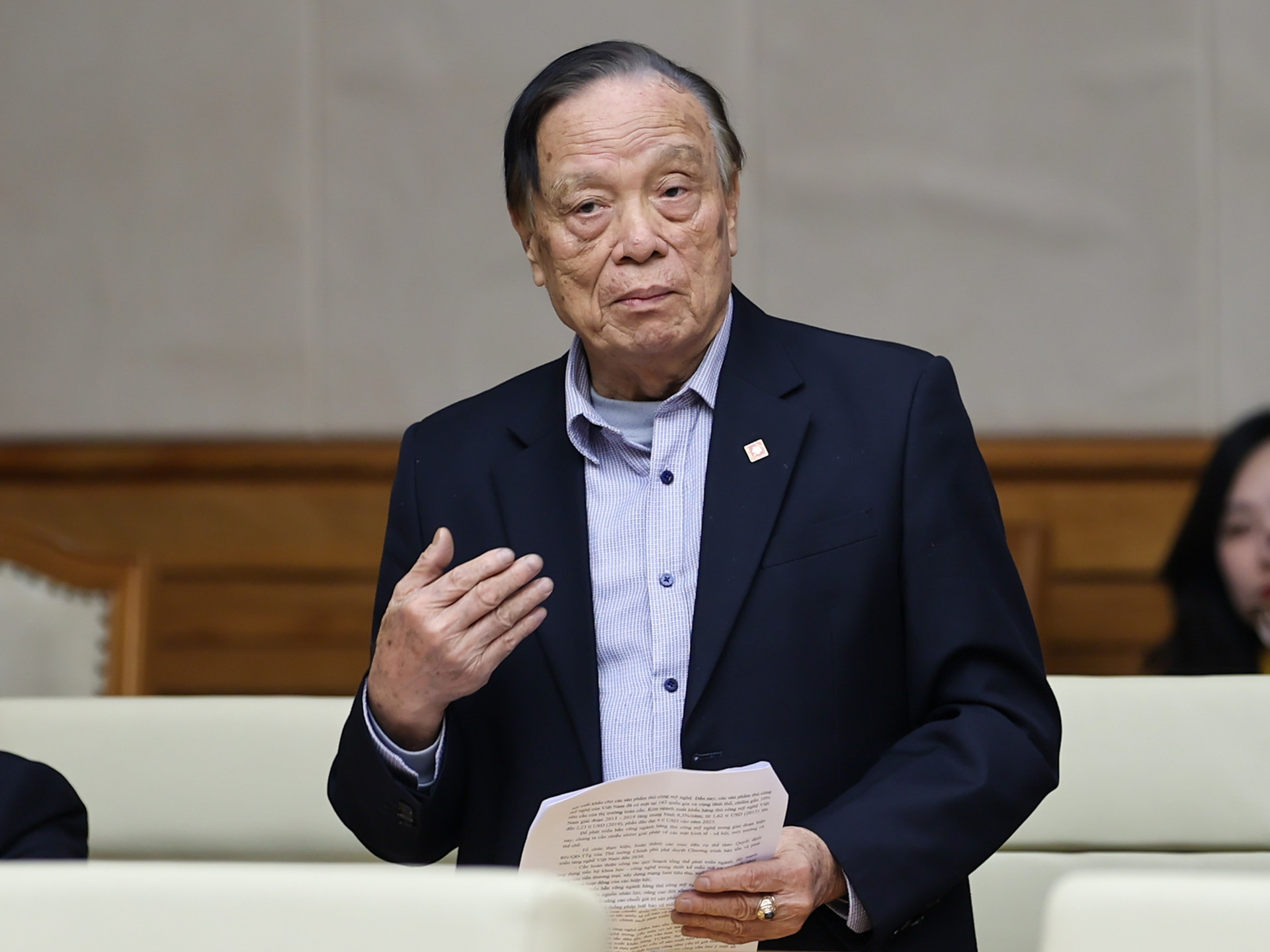
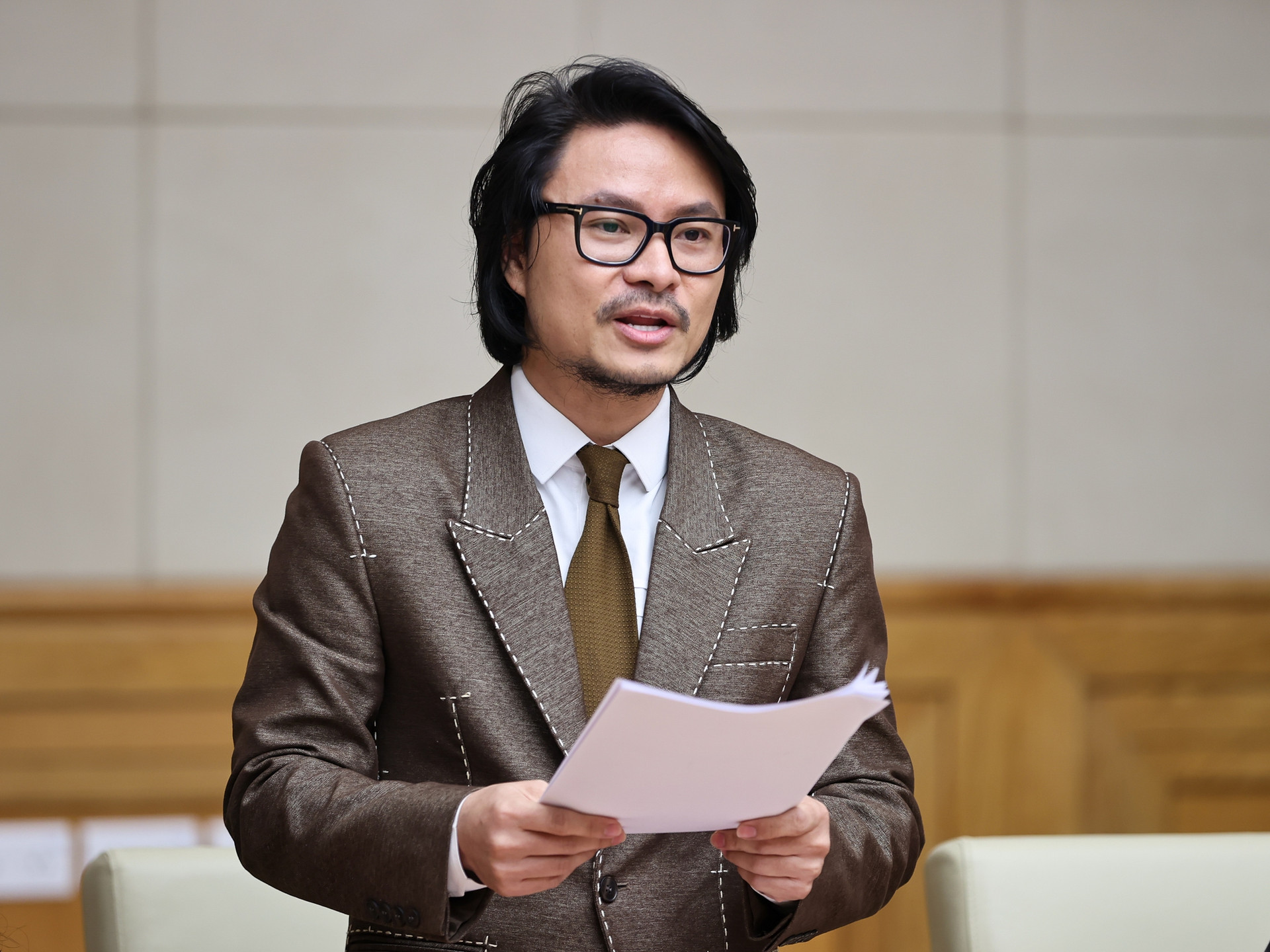
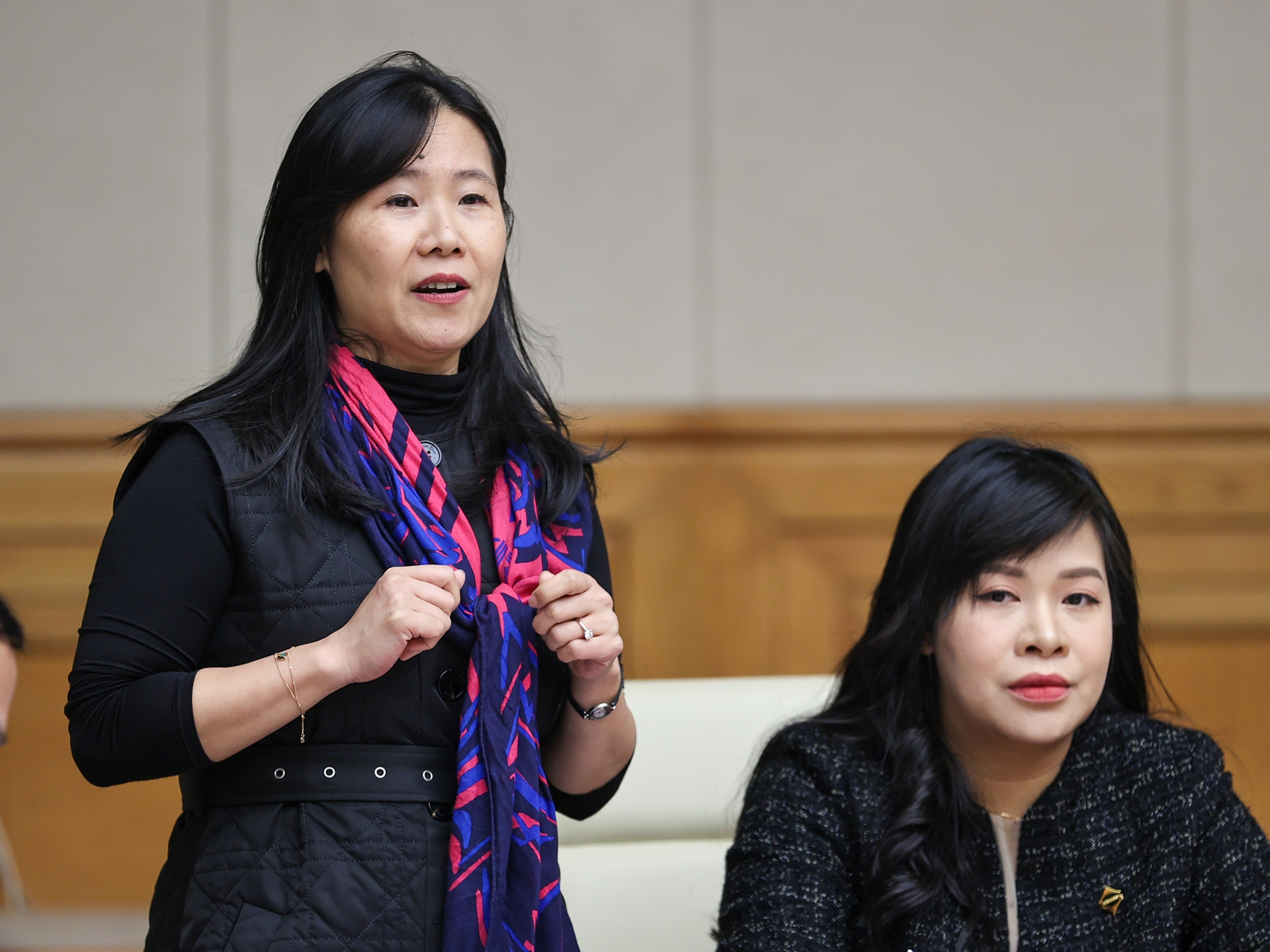
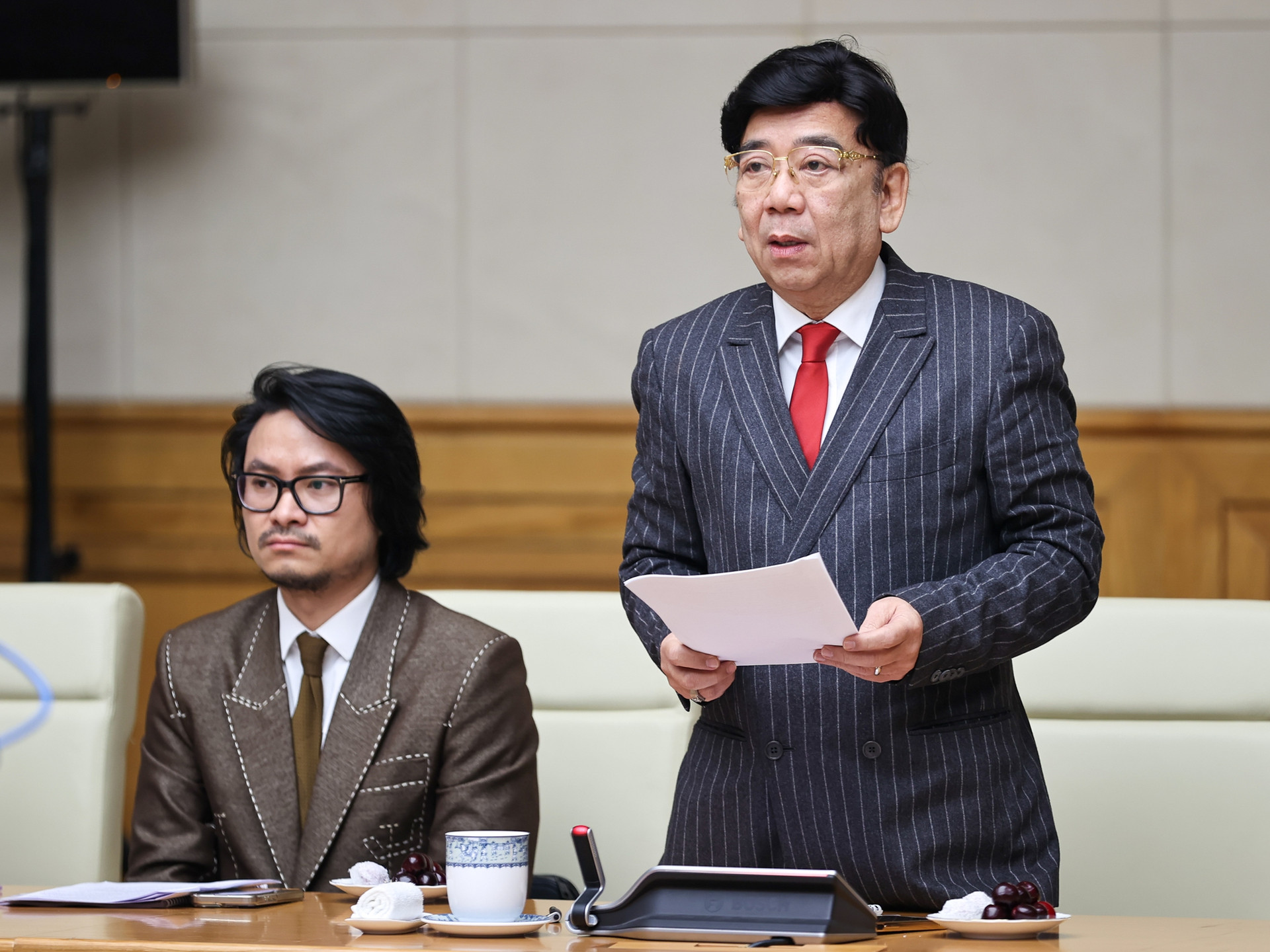
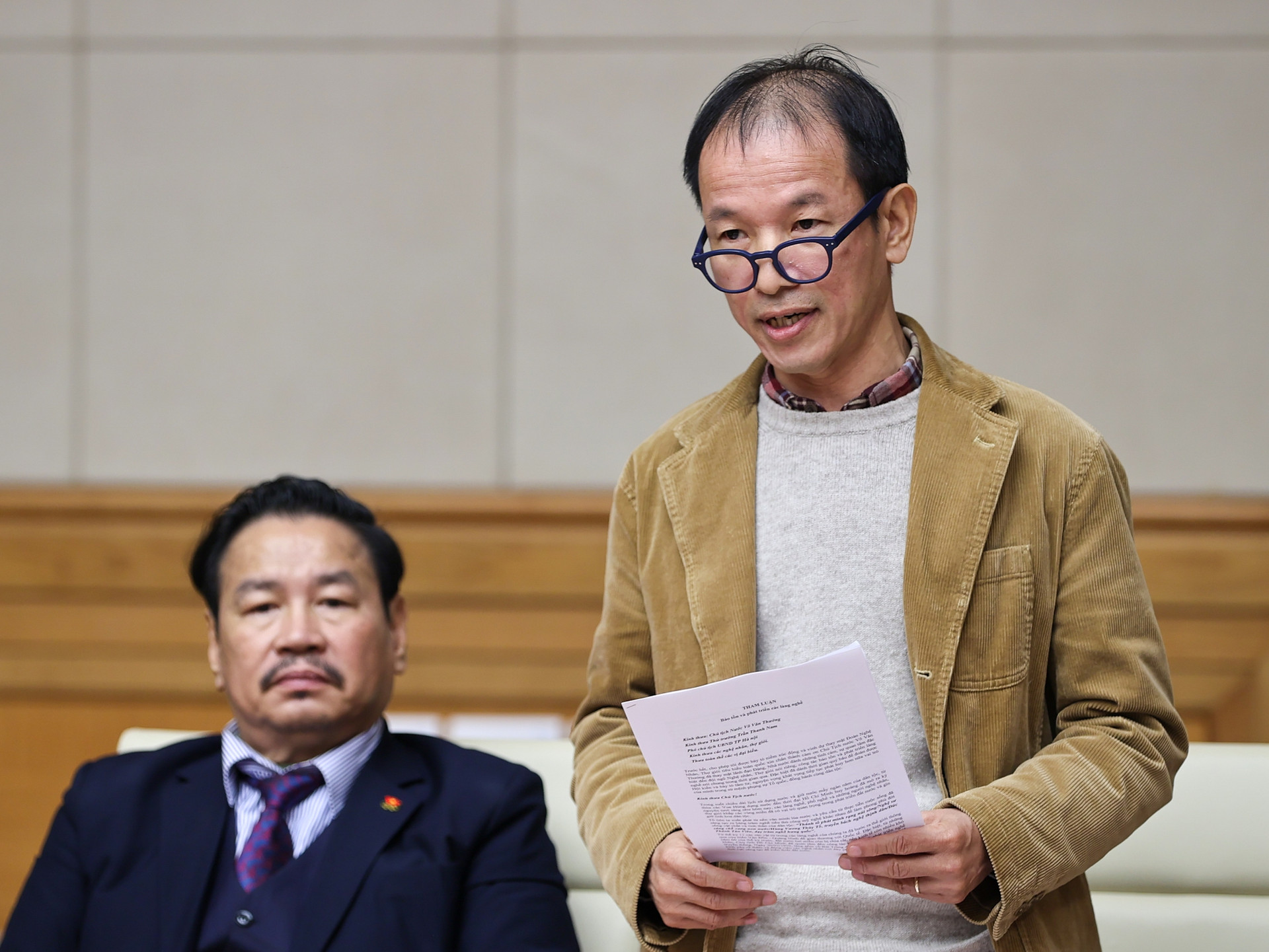
Delegates speaking at the Conference - Photo: VGP/Nhat Bac
Providing preferential credit packages of about 20-30 trillion VND for the cultural industry
The Ministry of Finance, the Ministry of Planning and Investment, and the State Bank shall preside over and coordinate with the Ministry of Culture, Sports and Tourism and other ministries, sectors and localities to study, propose the development and completion of relevant mechanisms and policies, including investment incentives, public-private partnership, public asset management, taxes, value-added tax refunds, and credit access for businesses, organizations and individuals investing in cultural industries, especially in areas with potential and advantages, and small and medium-sized enterprises.
The Prime Minister requested agencies to calculate a preferential credit package (in the immediate future, about 20-30 trillion VND) for the cultural industry.
Ministry of Industry and Trade: Develop cultural industrial products and services associated with the implementation of the program "Vietnamese people prioritize using Vietnamese goods". Develop mechanisms and policies to support research and production of cultural industrial products and services with export potential.
Ministry of Agriculture and Rural Development: Effectively implement the Rural Industry Development Strategy to 2030, with a vision to 2045, focusing on investment, exploitation, and support for the development of handicrafts, preservation and development of occupations and craft villages; continue to promote the implementation of the OCOP Program.
Ministry of Construction: Focus on investing in and exploiting breakthrough innovations in the fields of architectural design, construction and interior design, especially for urban planning.
Ministry of Science and Technology: Effectively implement the Law on Intellectual Property and related legal documents to enhance the protection of creative assets in cultural industries. Develop cooperation and association mechanisms to ensure the legitimate interests of creative entities.
Ministry of Education and Training: Research and develop a plan to improve the quality of education and supplement human resources, especially high-quality human resources for the cultural industry. Prioritize training targets at teacher training institutions for cultural industries.
Ministry of Labor, War Invalids and Social Affairs: Closely connect training units and labor-using organizations; research and have timely support policies (when necessary) for businesses and workers in cultural industrial sectors facing difficulties.
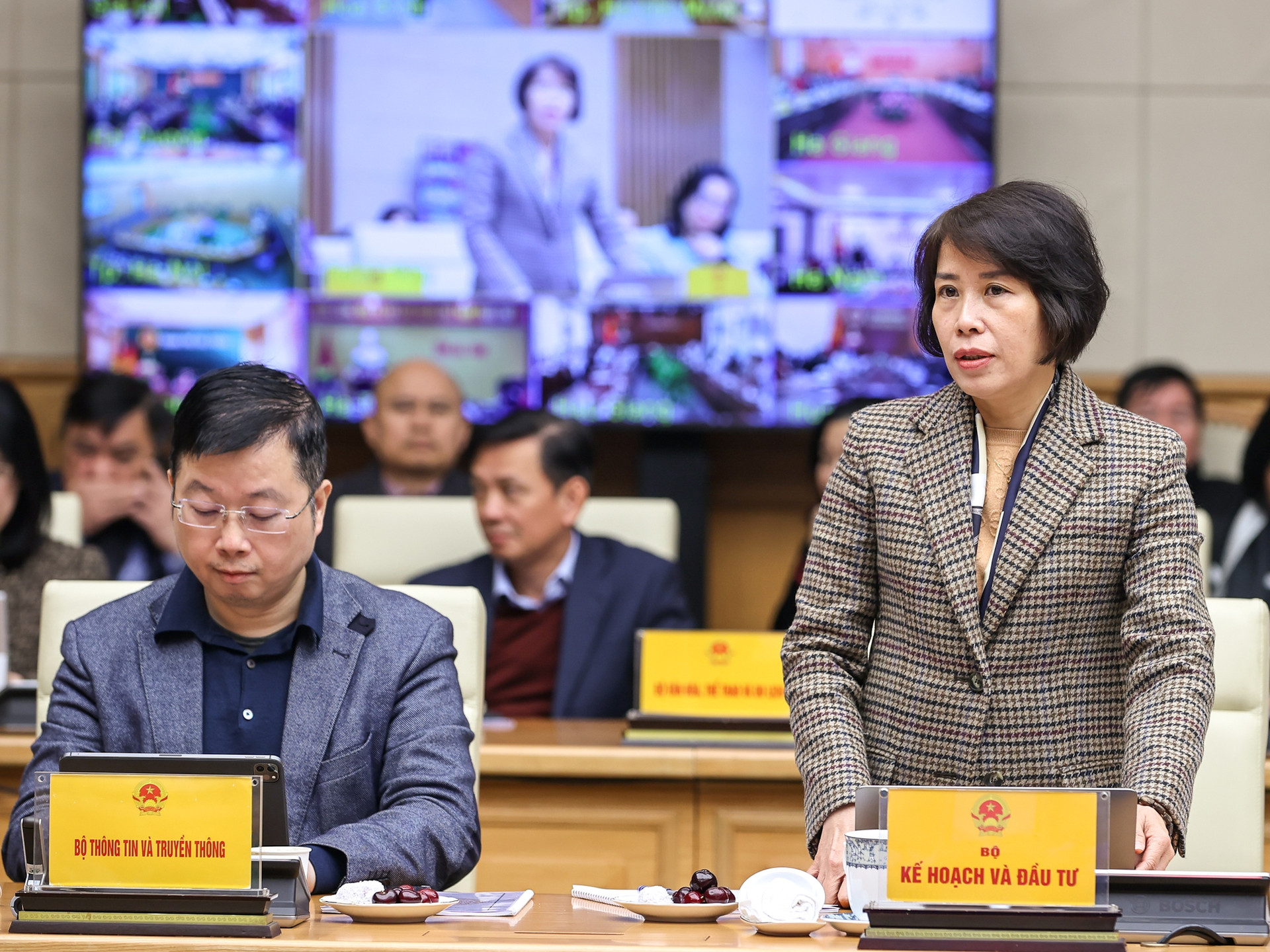
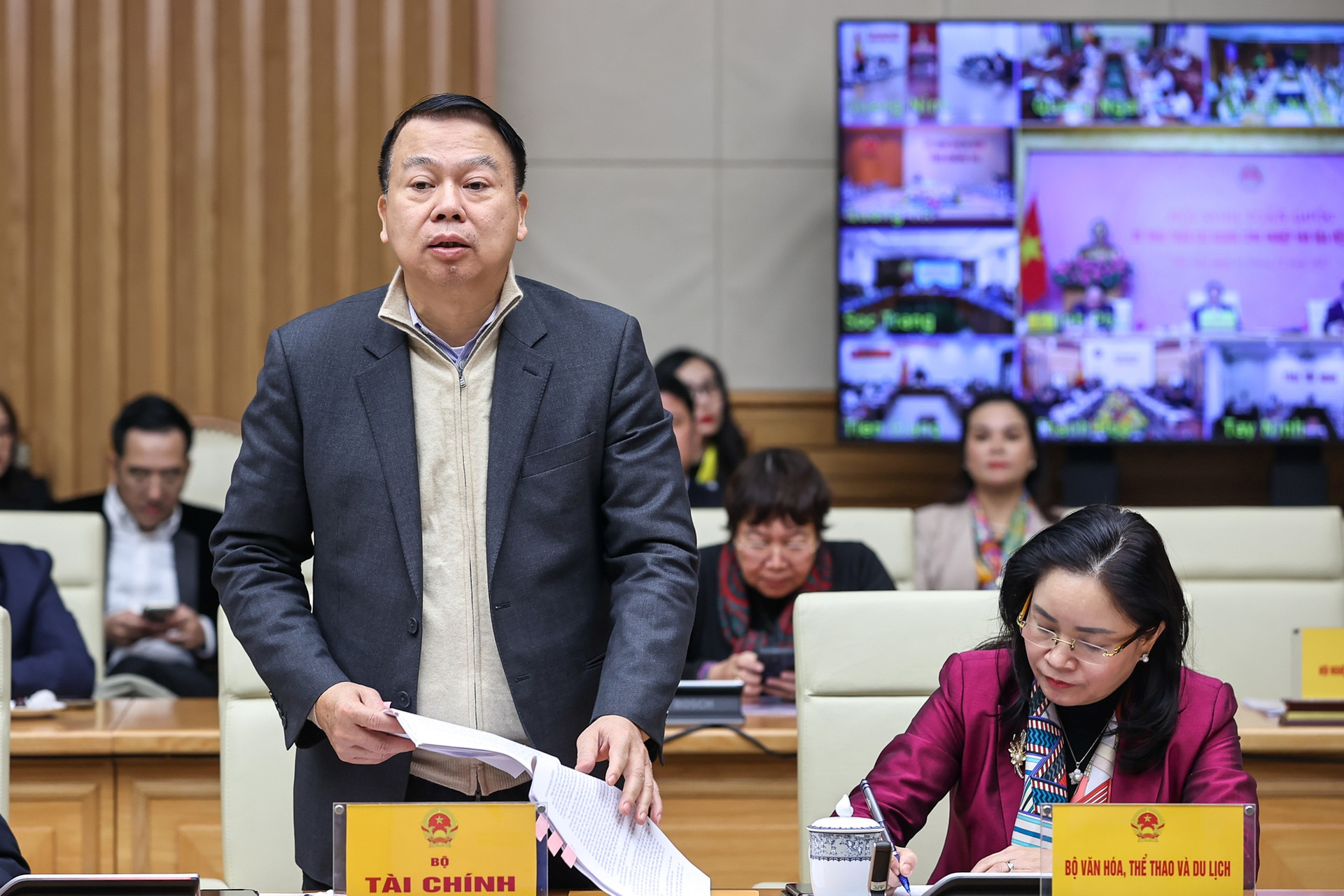
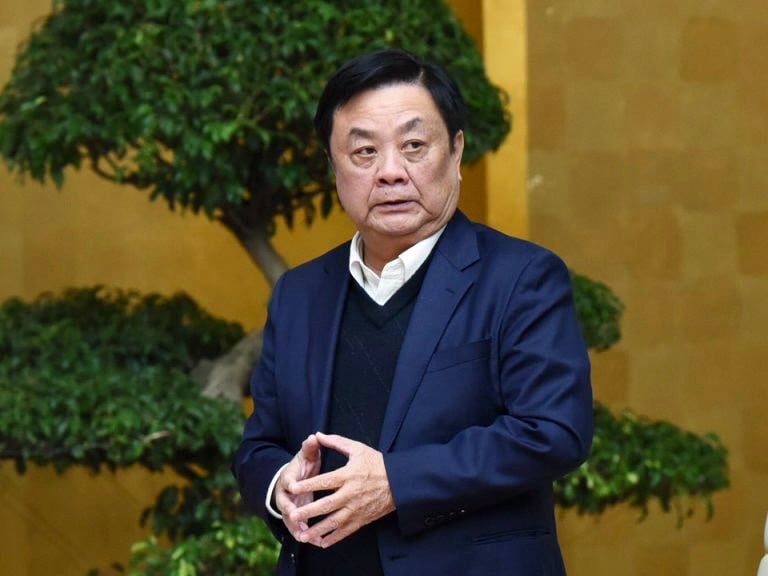
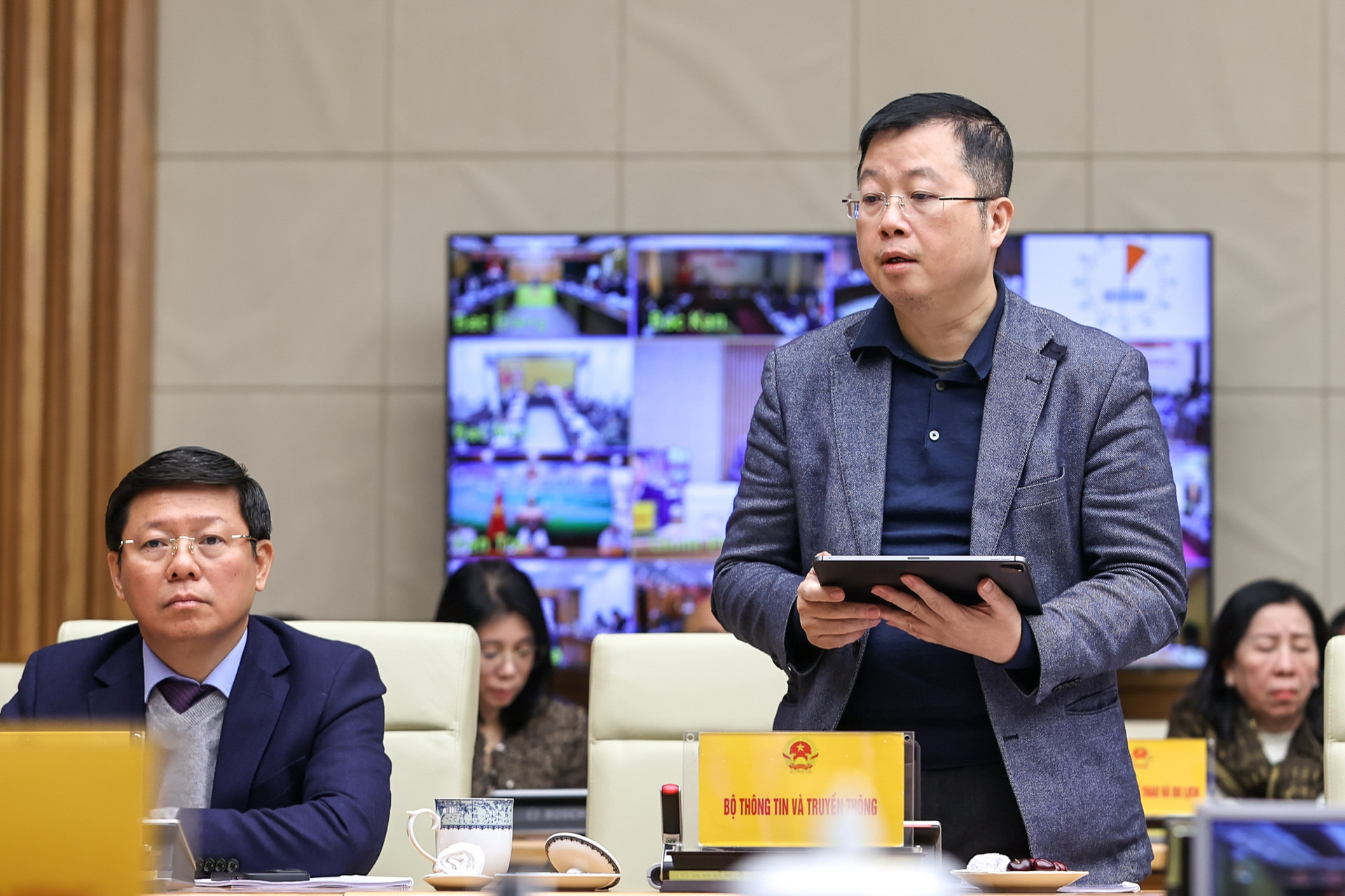
Representatives of ministries and branches spoke at the conference - Photo: VGP/Nhat Bac
Ministry of Information and Communications: focusing on investment, exploitation, supporting software development and entertainment games; bringing traditional cultural, artistic and historical values into the software application software. Online for cultural industries in Vietnam.
Expanding creative and creative space without limits
The Prime Minister assigned People's Committees of provinces and cities directly under the Central Government:
- Based on the actual situation to develop and promulgate mechanisms and policies to attract investment, arrange land funds and infrastructure for cultural industries, especially to develop creative spaces, creative support centers and creative practitioners in the area;
- Promote regional and local links in the development, exploitation and trading of cultural industrial products and services.
- Strengthen communication activities, promote culture and cultural industry.
For associations, the Prime Minister proposed to promote the role of connecting the business community in the cultural industry.
The community promotes dynamic, creative and dynamic role of businesses in promoting and developing cultural industry. School, preserving and promoting national cultural identity.
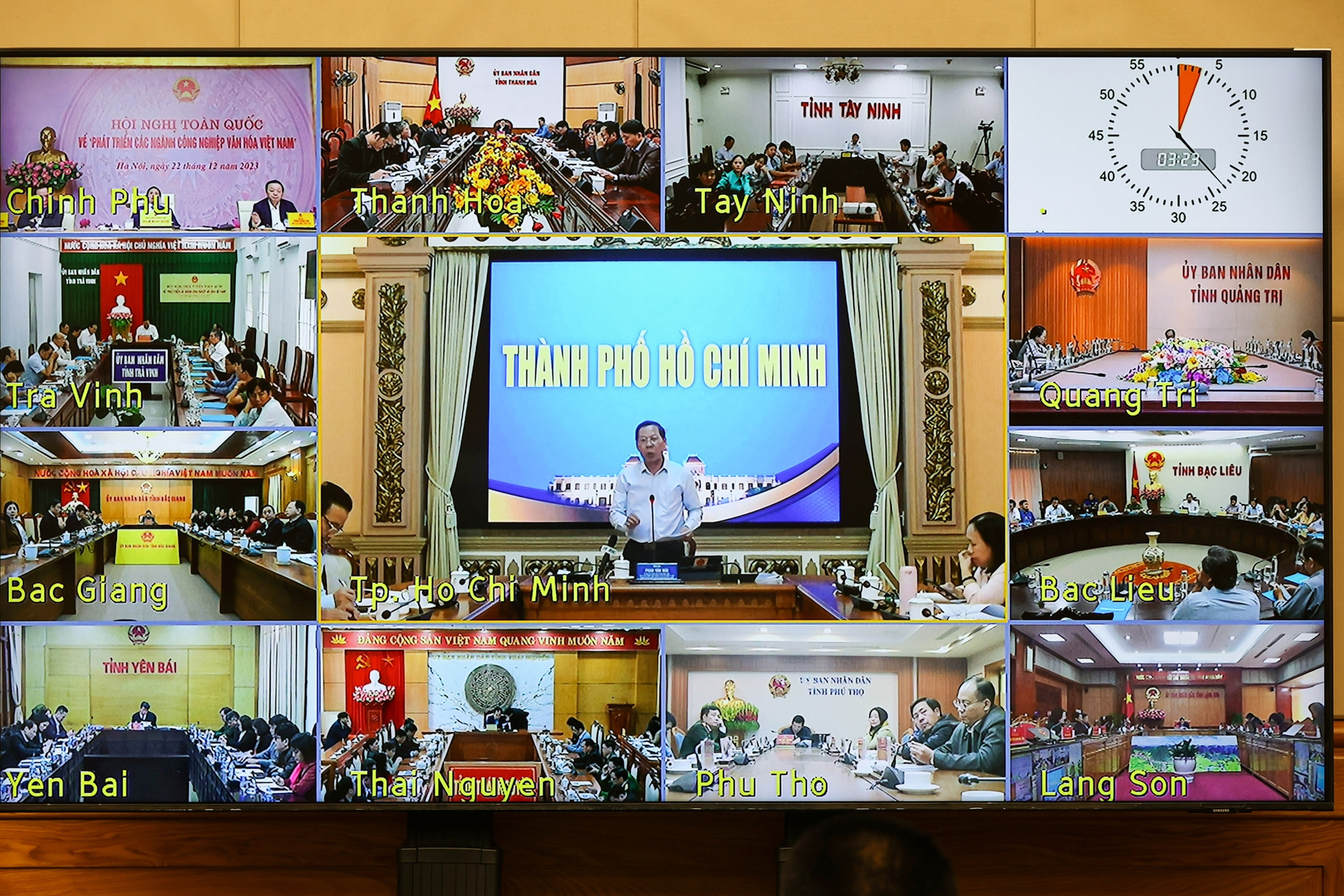

Leaders of localities spoke at the conference - Photo: VGP/Nhat Bac
Đối với các chuyên gia trong lĩnh vực công nghiệp văn hóa, công nghiệp sáng tạo, Thủ tướng đề nghị tiếp tục phát huy tâm huyết của mình trong việc nghiên cứu, sáng tạo những tác phẩm, sản phẩm công nghiệp văn hóa, công nghiệp sáng tạo, đáp ứng nhu cầu hưởng thụ văn hóa của công chúng. Chính phủ, Thủ tướng Chính phủ, các bộ, ngành, địa phương và các cơ quan liên quan luôn đồng hành ủng hộ, tạo điều kiện cho các chuyên gia, nhà hoạt động văn hóa với đam mê sáng tạo mở rộng không gian sáng tạo và sáng tạo không có giới hạn.
The Prime Minister said that a conference could not solve all the issues, but believed that after this conference, we would be more confident, have a new spirit, and new motivation in the development of the cultural industry.
Source

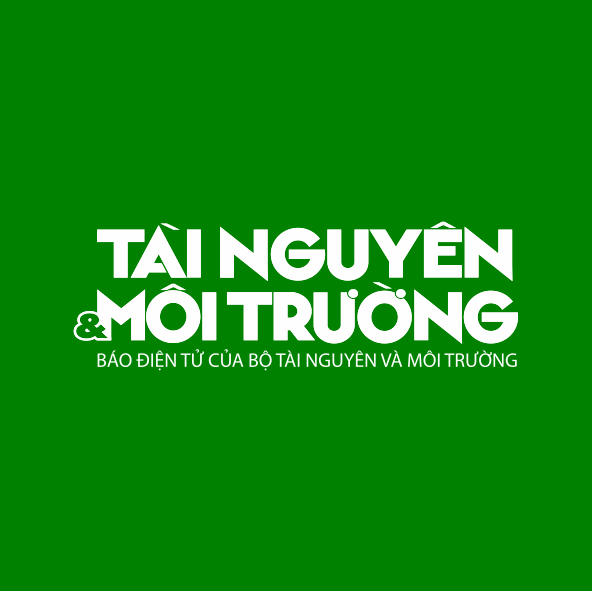
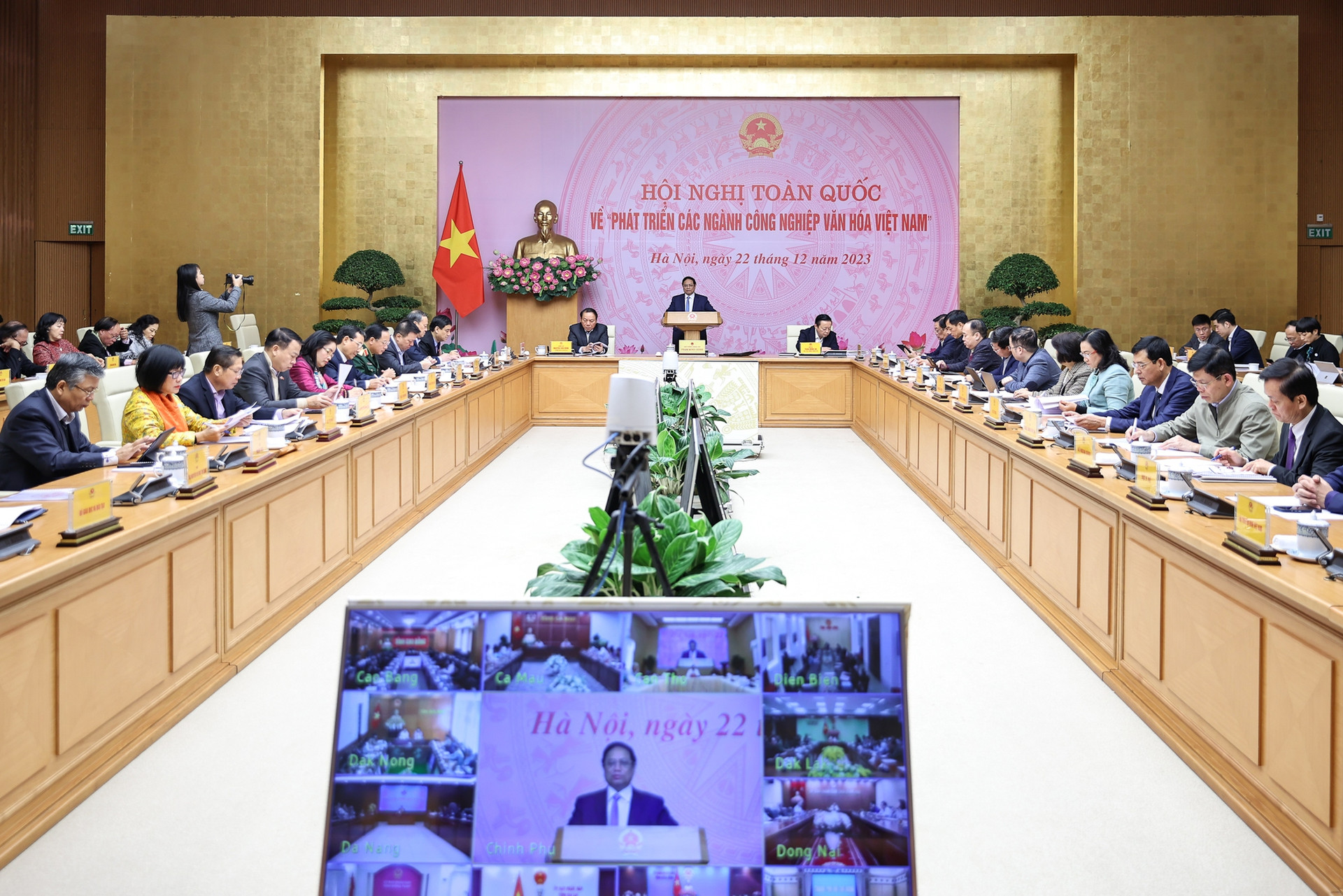
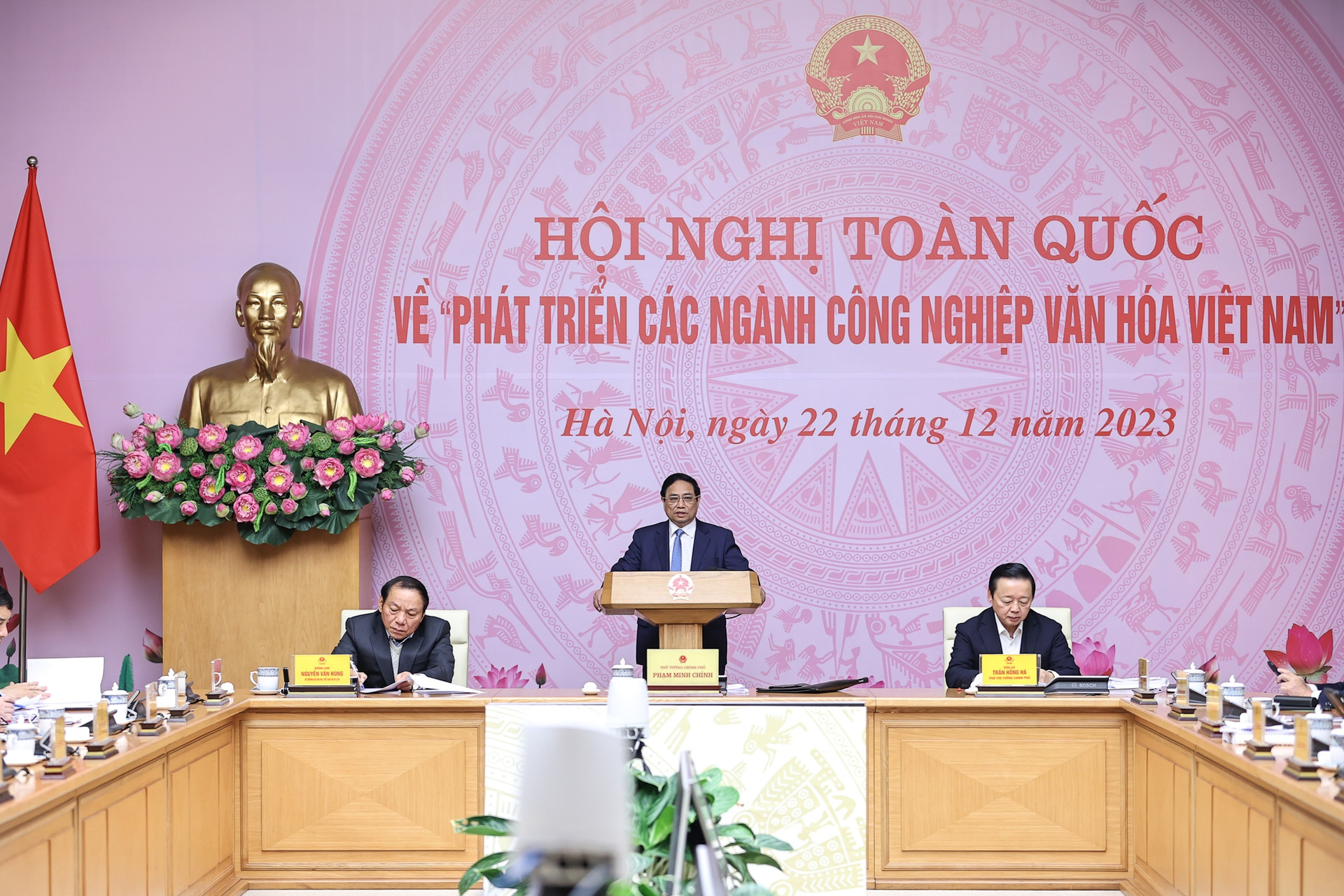

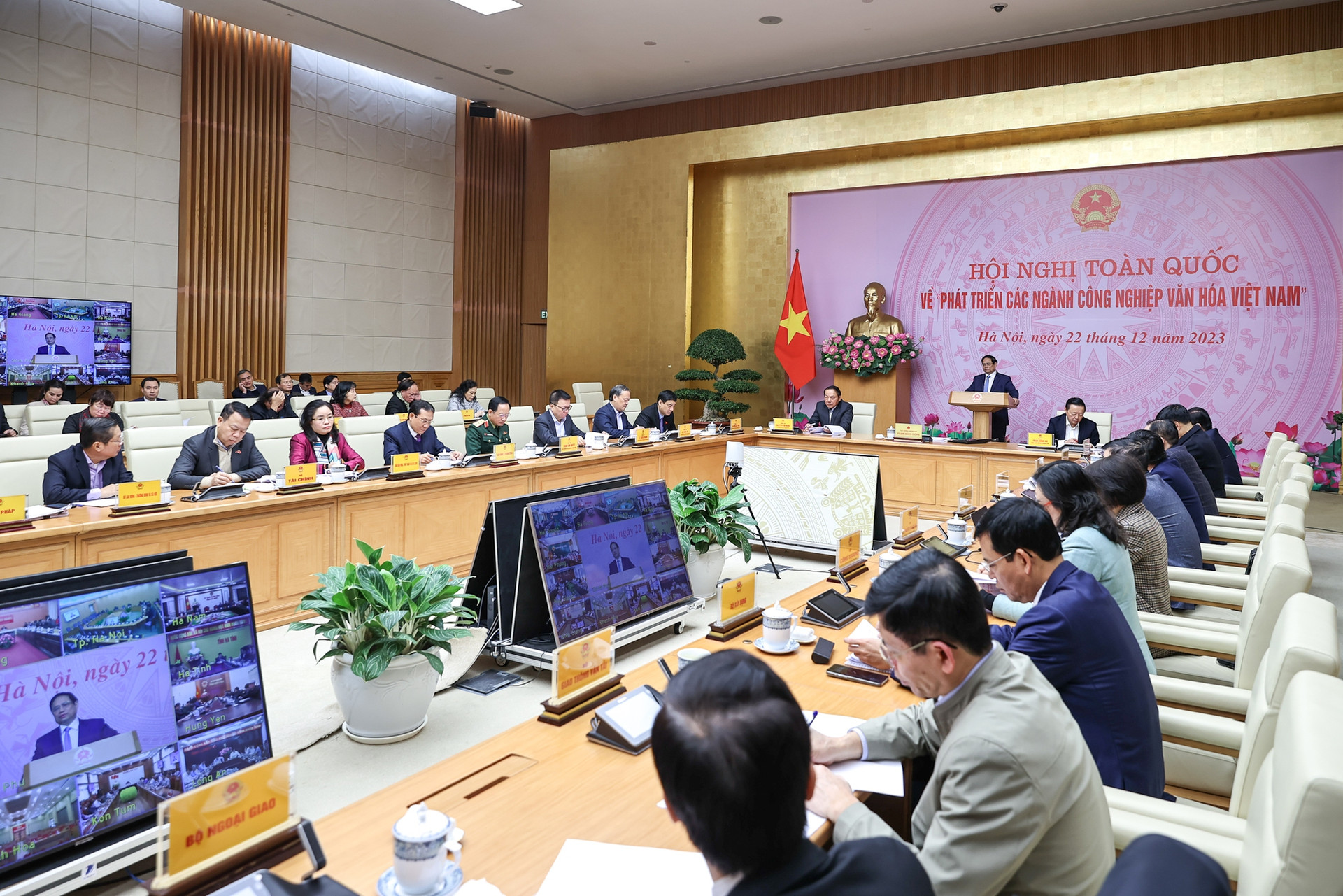

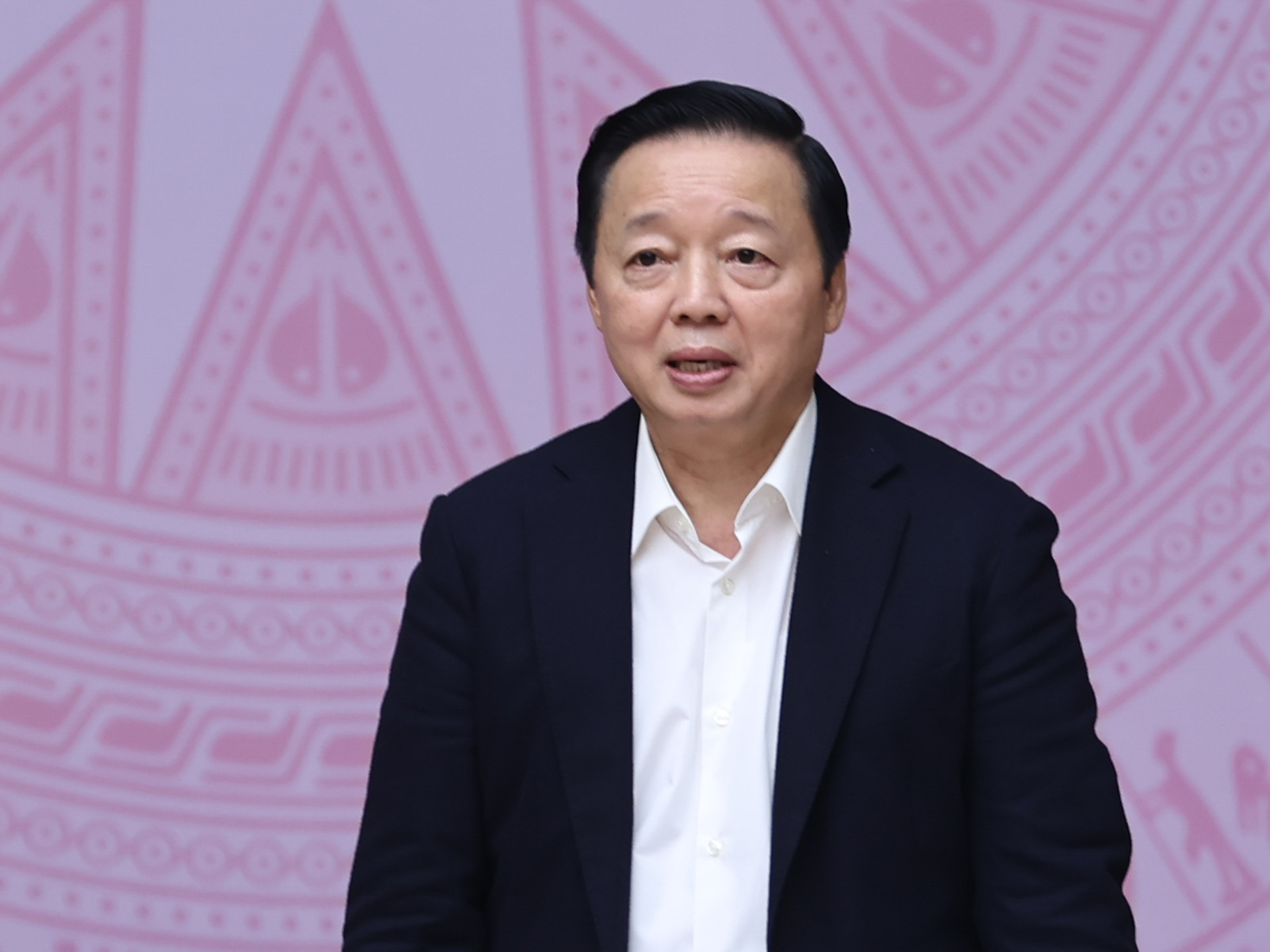
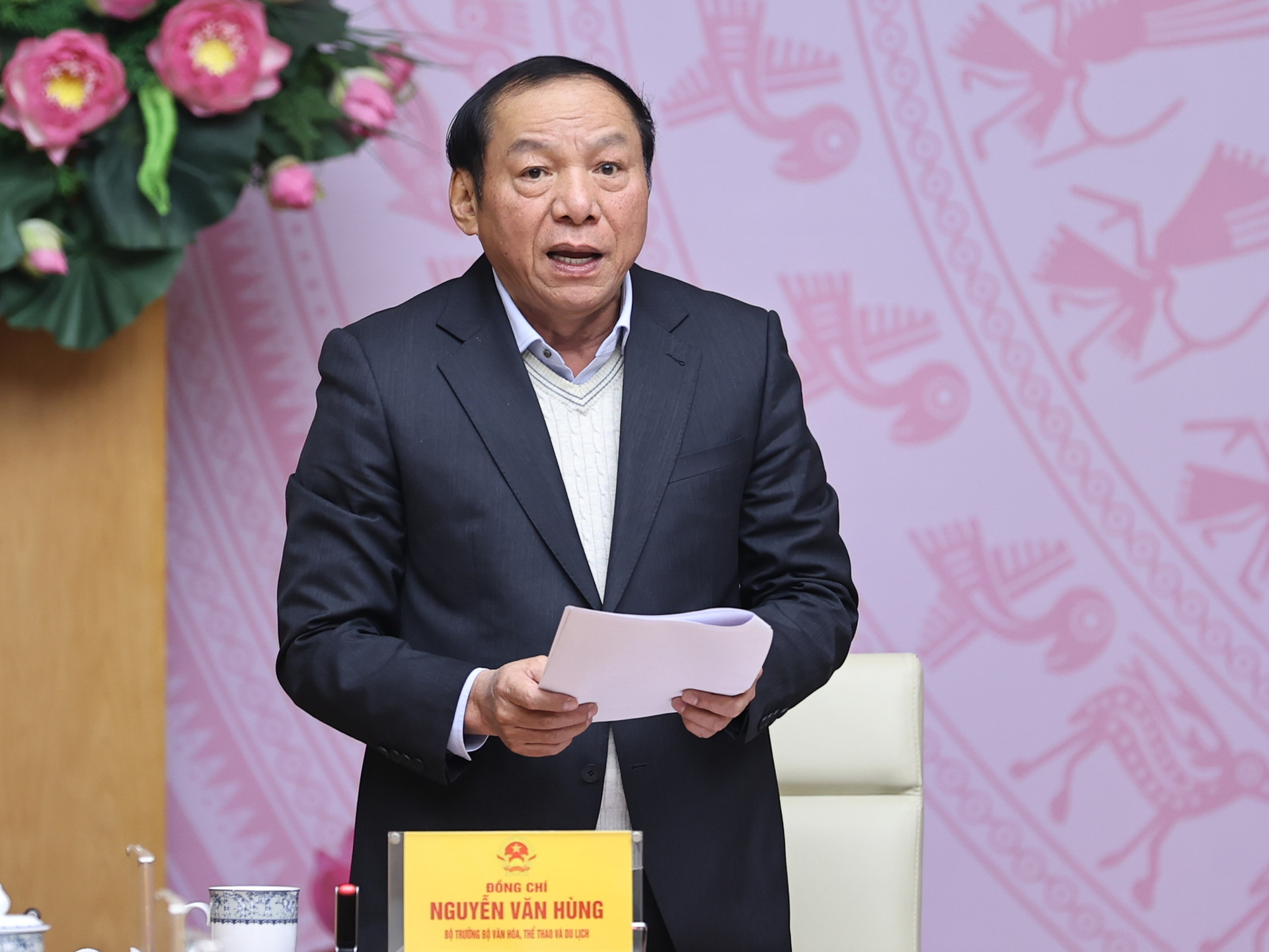
![[Photo] Prime Minister Pham Minh Chinh receives delegation of leaders of US universities](https://vstatic.vietnam.vn/vietnam/resource/IMAGE/2025/3/31/8be7f6be90624512b385fd1690124eaa)
![[Photo] 2nd Conference of the Party Executive Committee of Central Party Agencies](https://vstatic.vietnam.vn/vietnam/resource/IMAGE/2025/3/31/8f85b88962b34701ac511682b09b1e0d)
![[Photo] Speeding up construction of Ring Road 3 and Bien Hoa-Vung Tau Expressway](https://vstatic.vietnam.vn/vietnam/resource/IMAGE/2025/3/31/f1431fbe7d604caba041f84a718ccef7)
![[Photo] General Secretary To Lam receives US Ambassador to Vietnam Marc E. Knapper](https://vstatic.vietnam.vn/vietnam/resource/IMAGE/2025/3/31/5ee45ded5fd548a685618a0b67c42970)
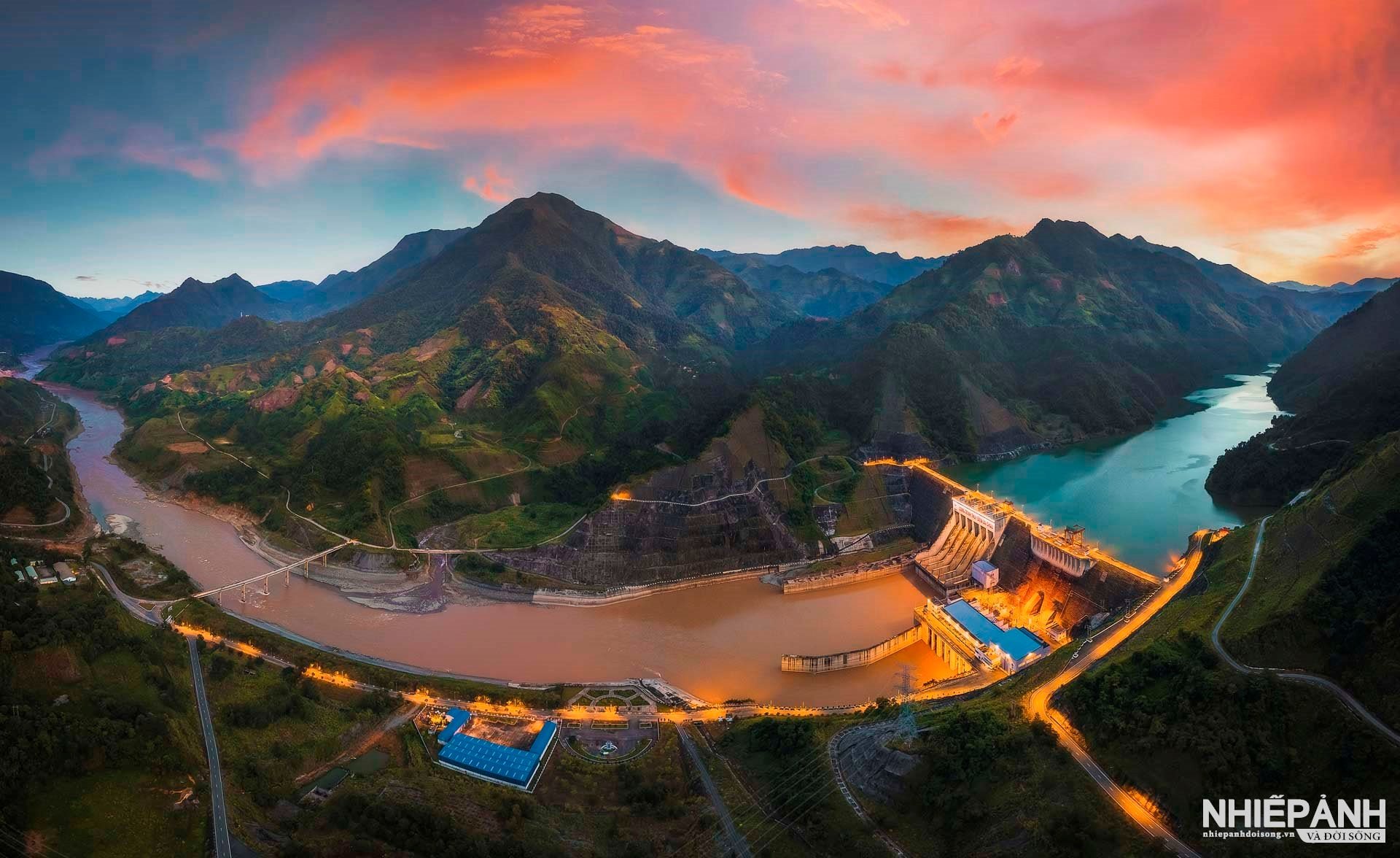

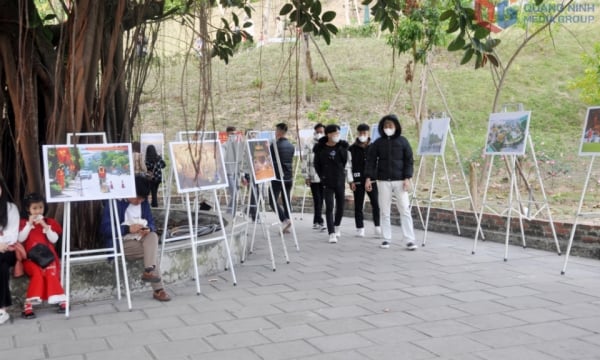


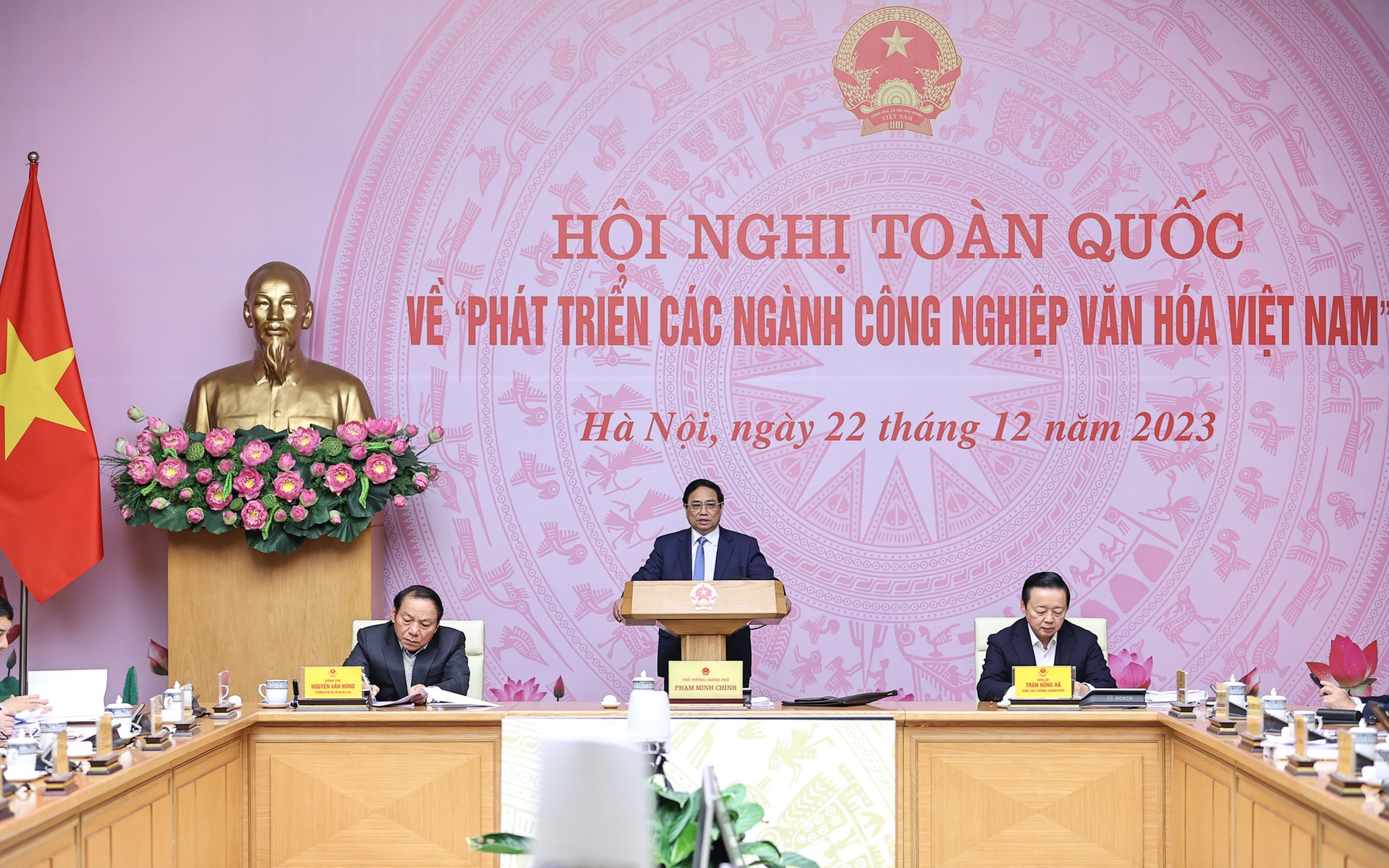
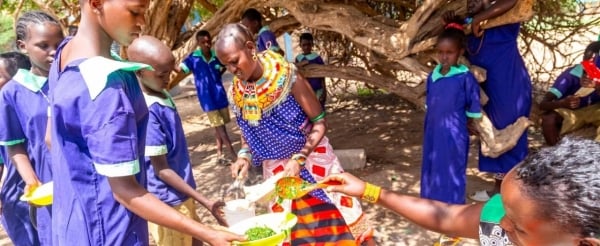
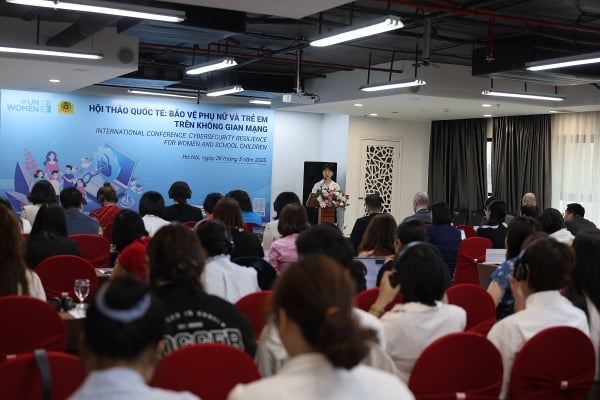
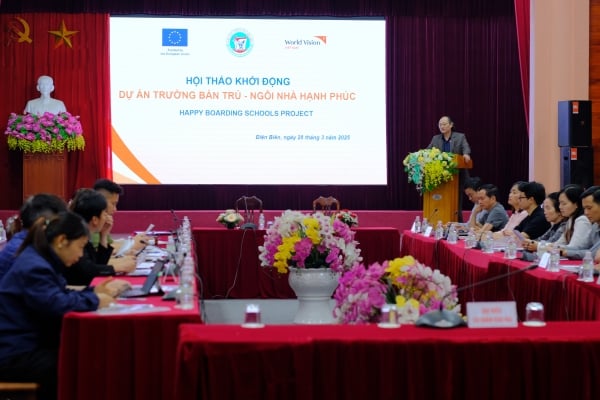
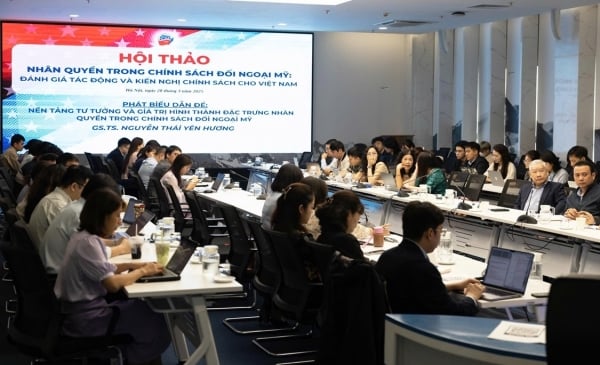




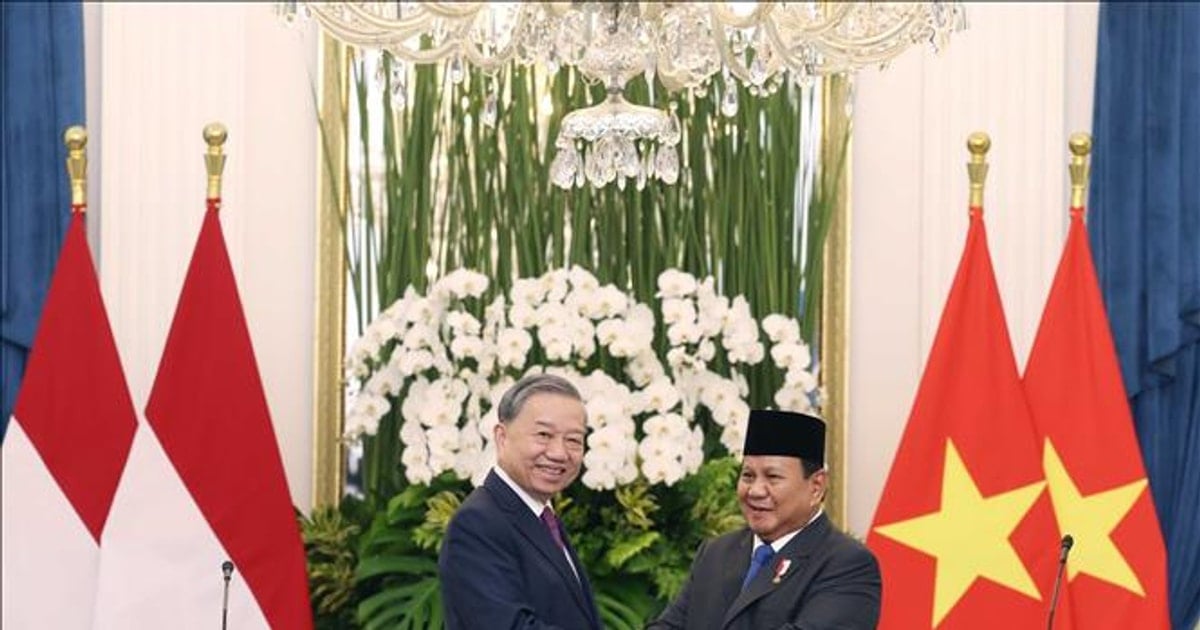


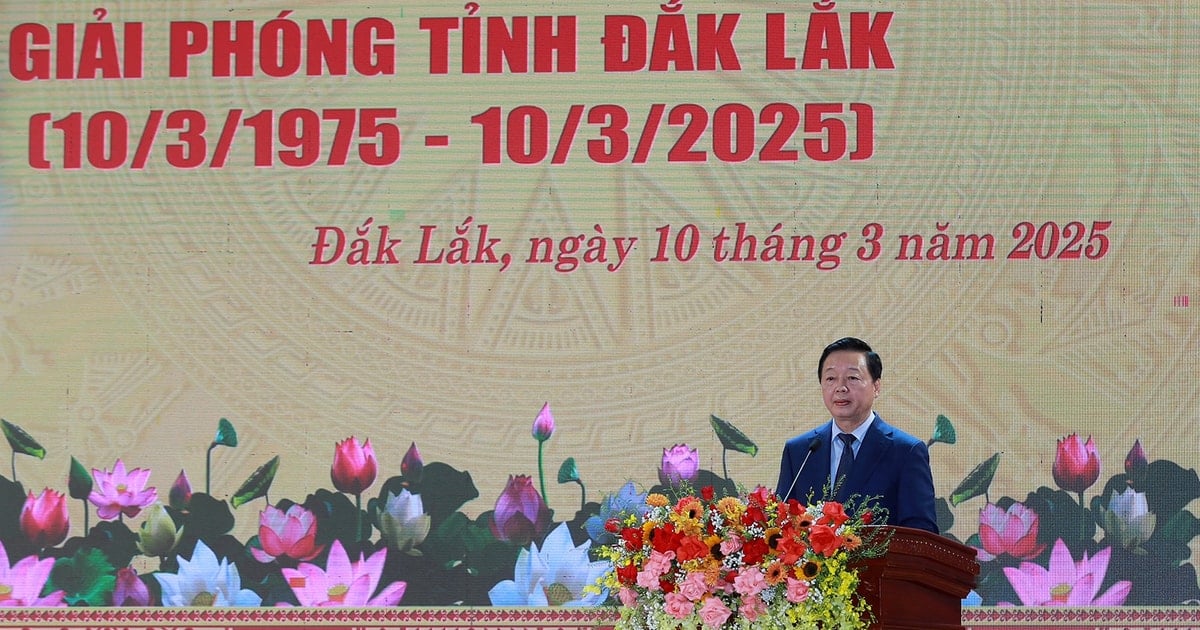
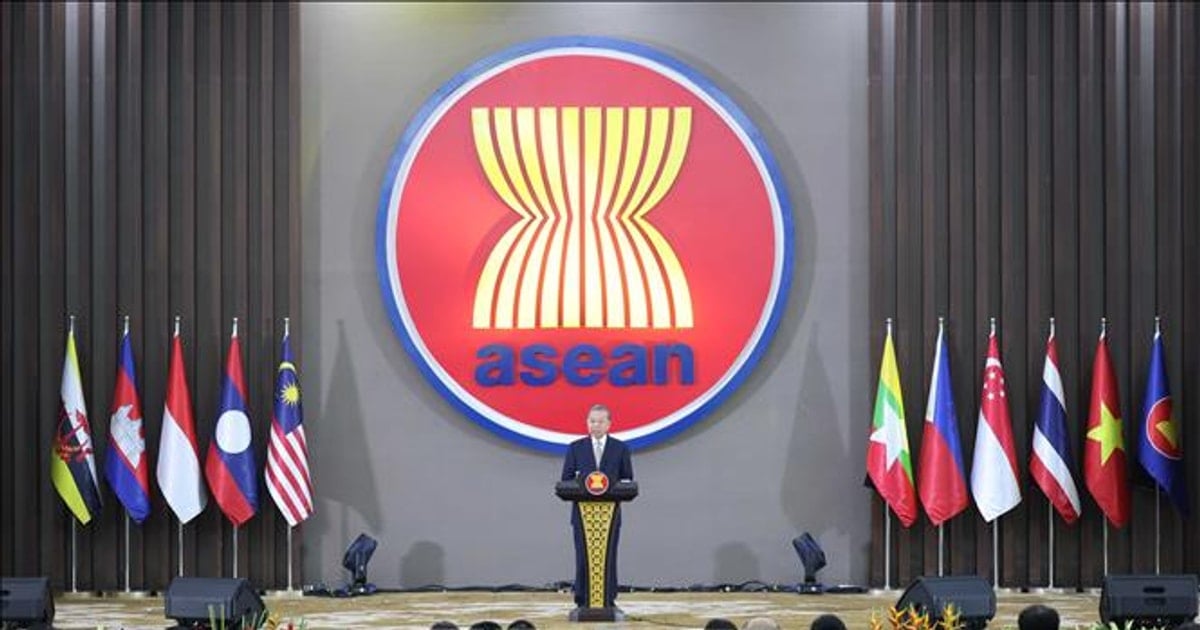
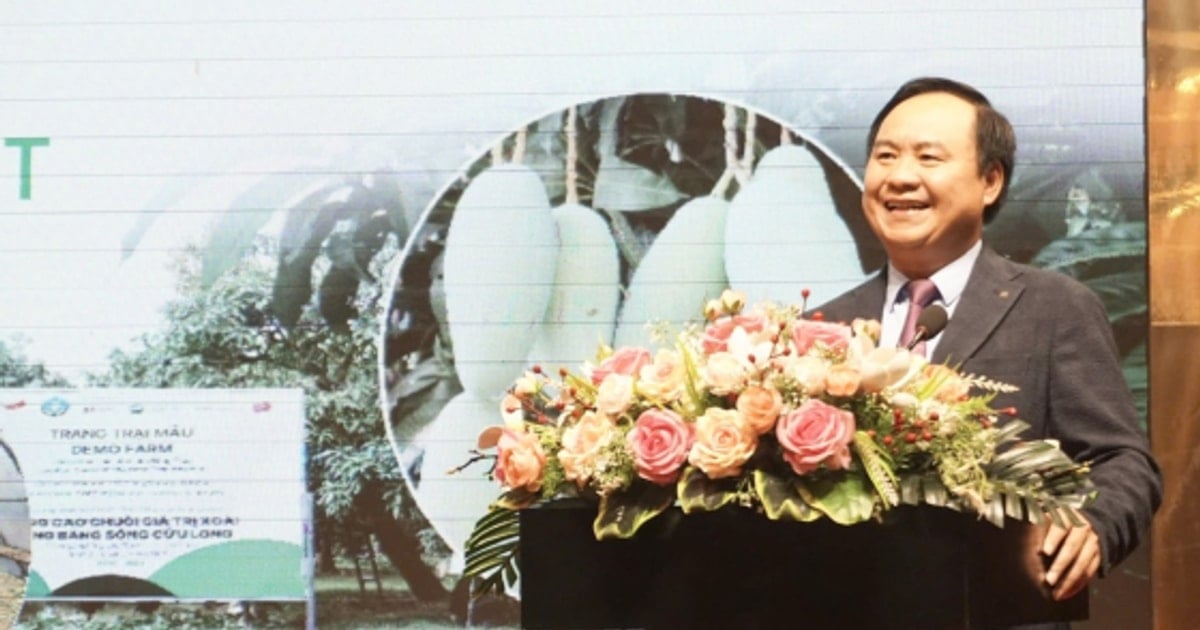

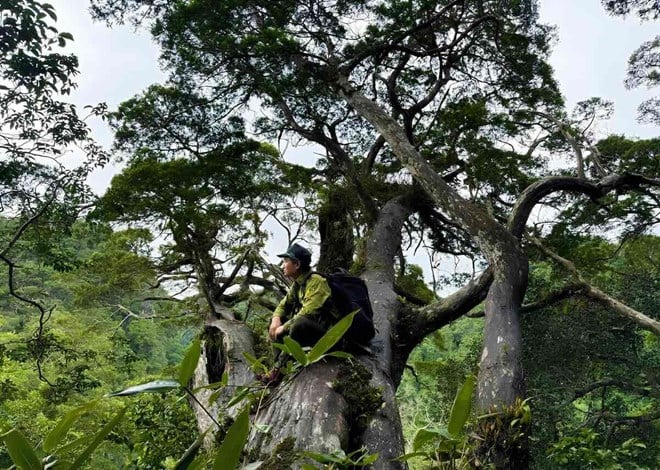

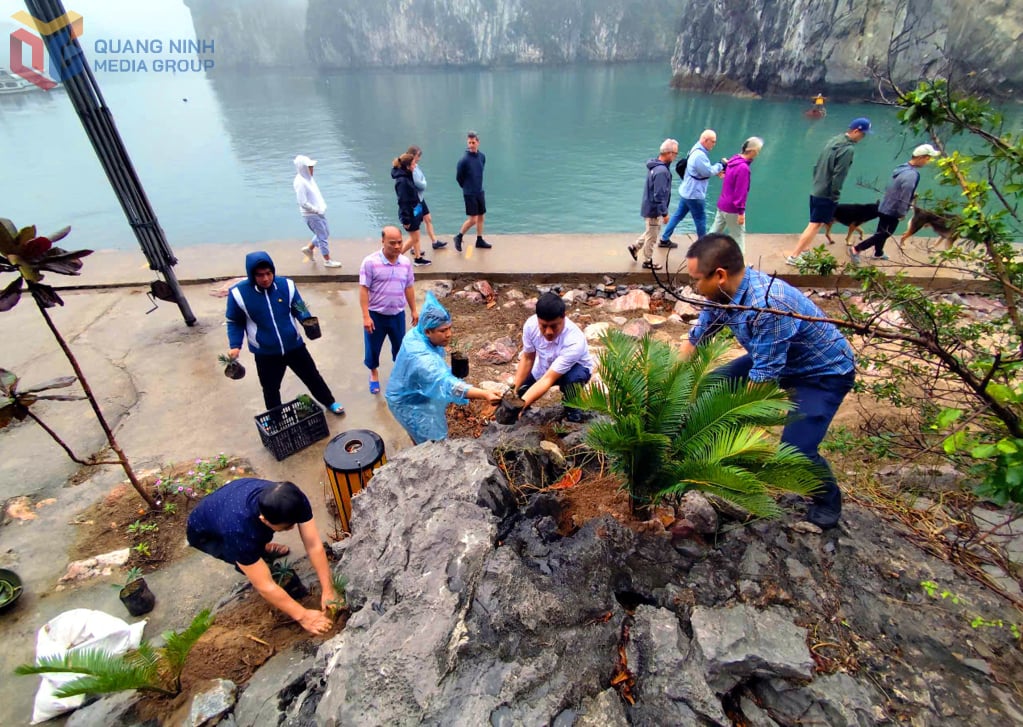

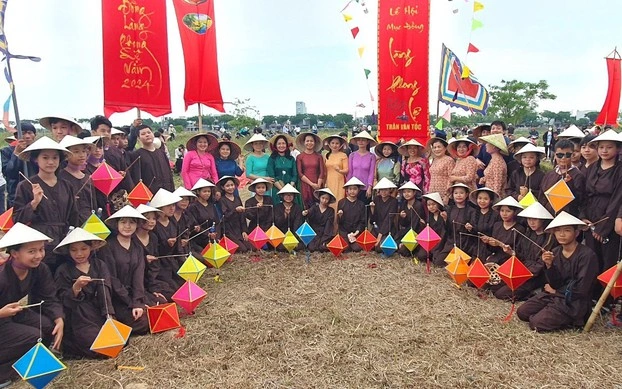





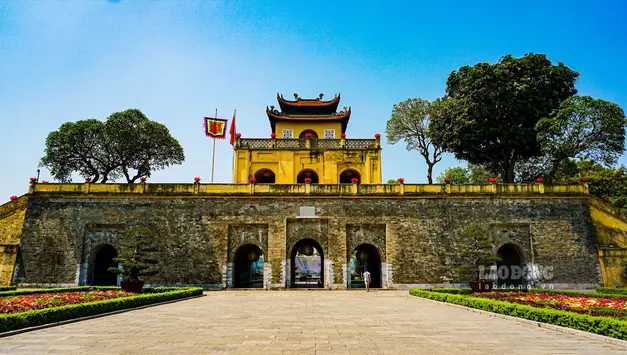





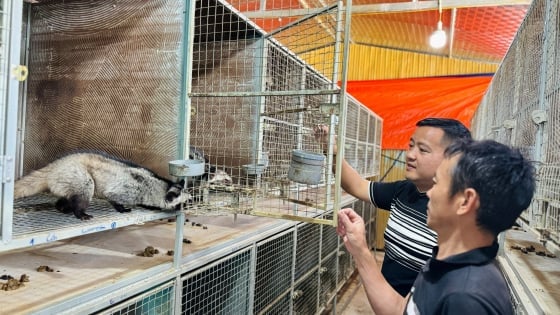



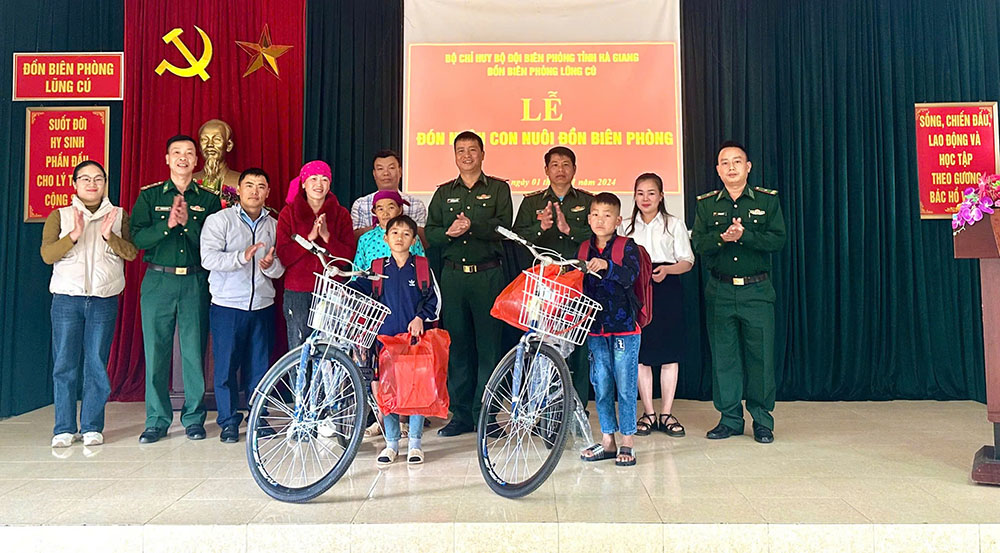
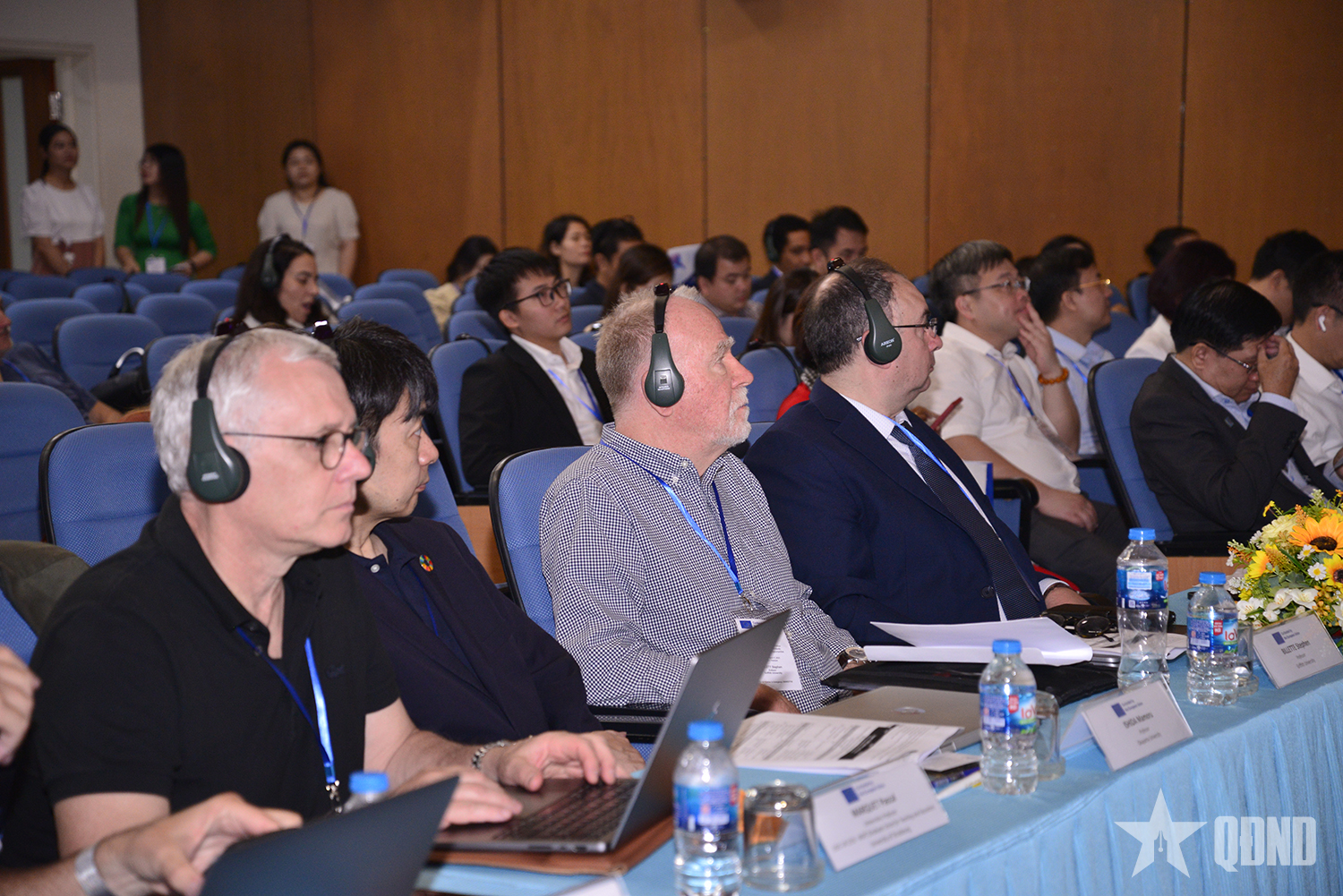









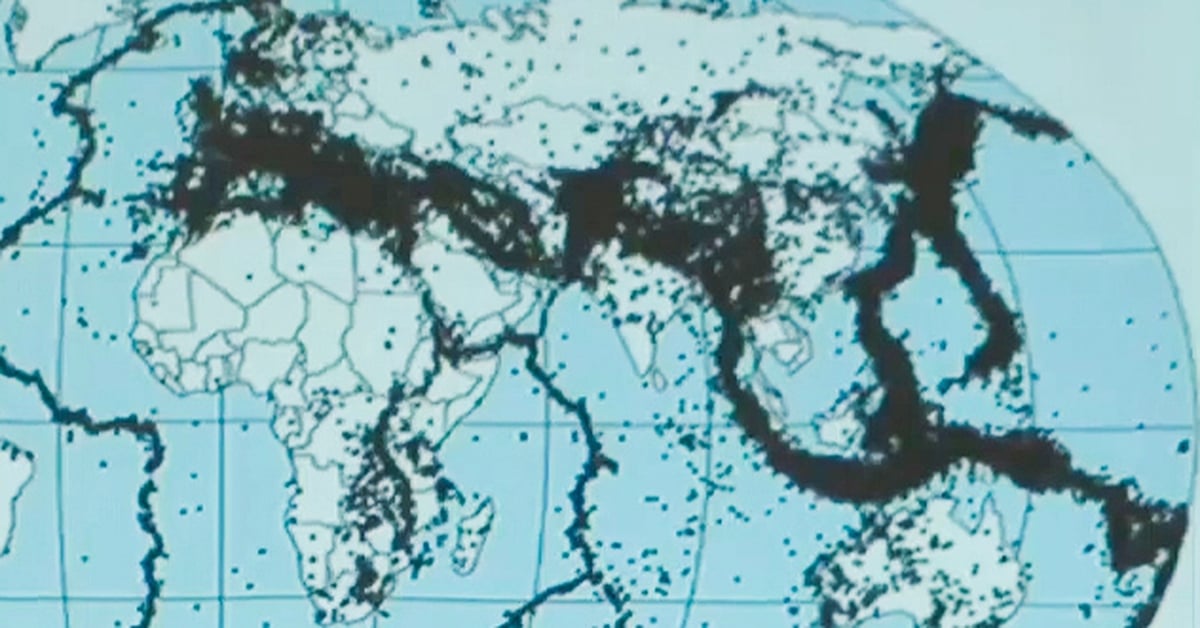

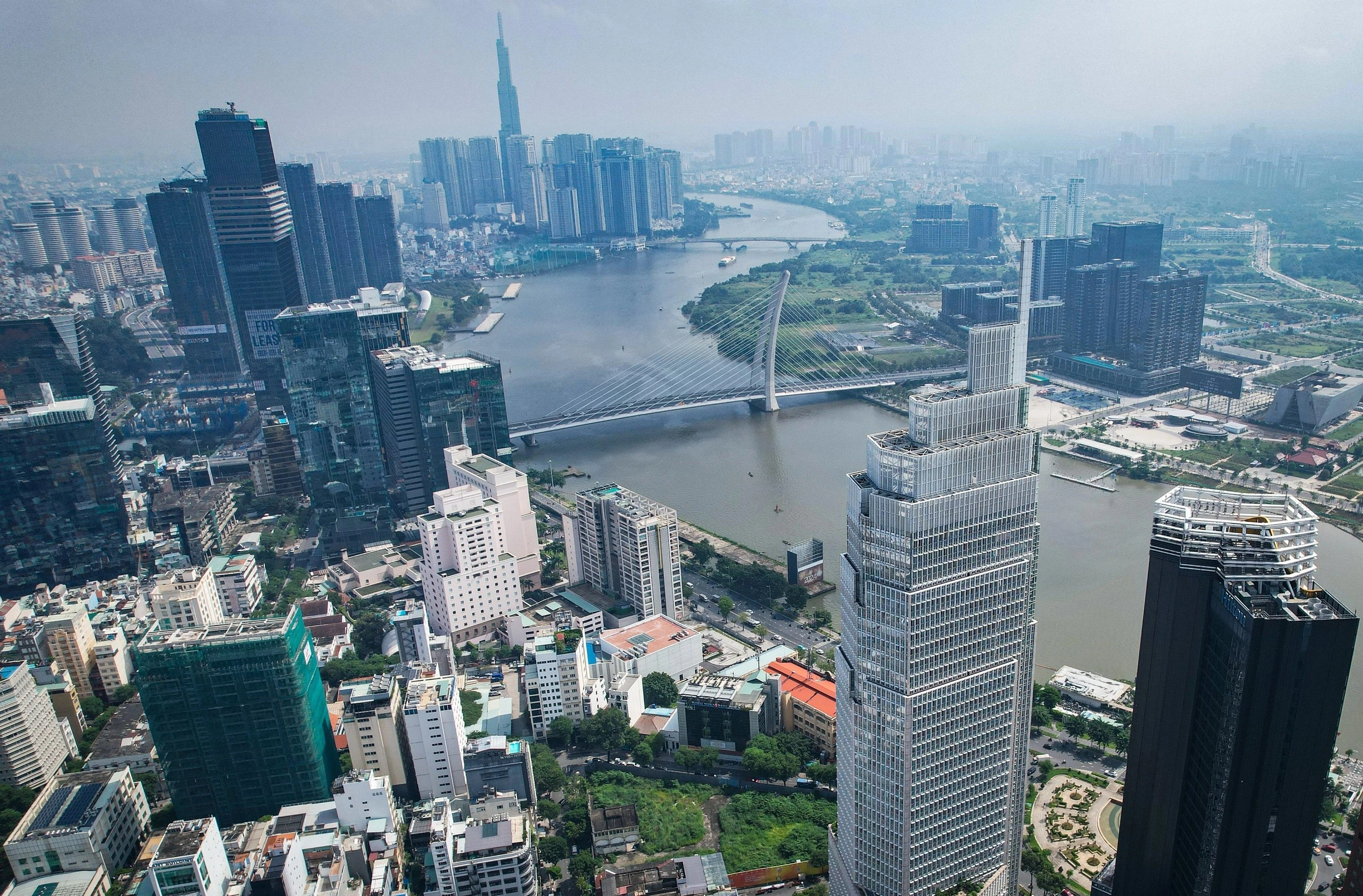
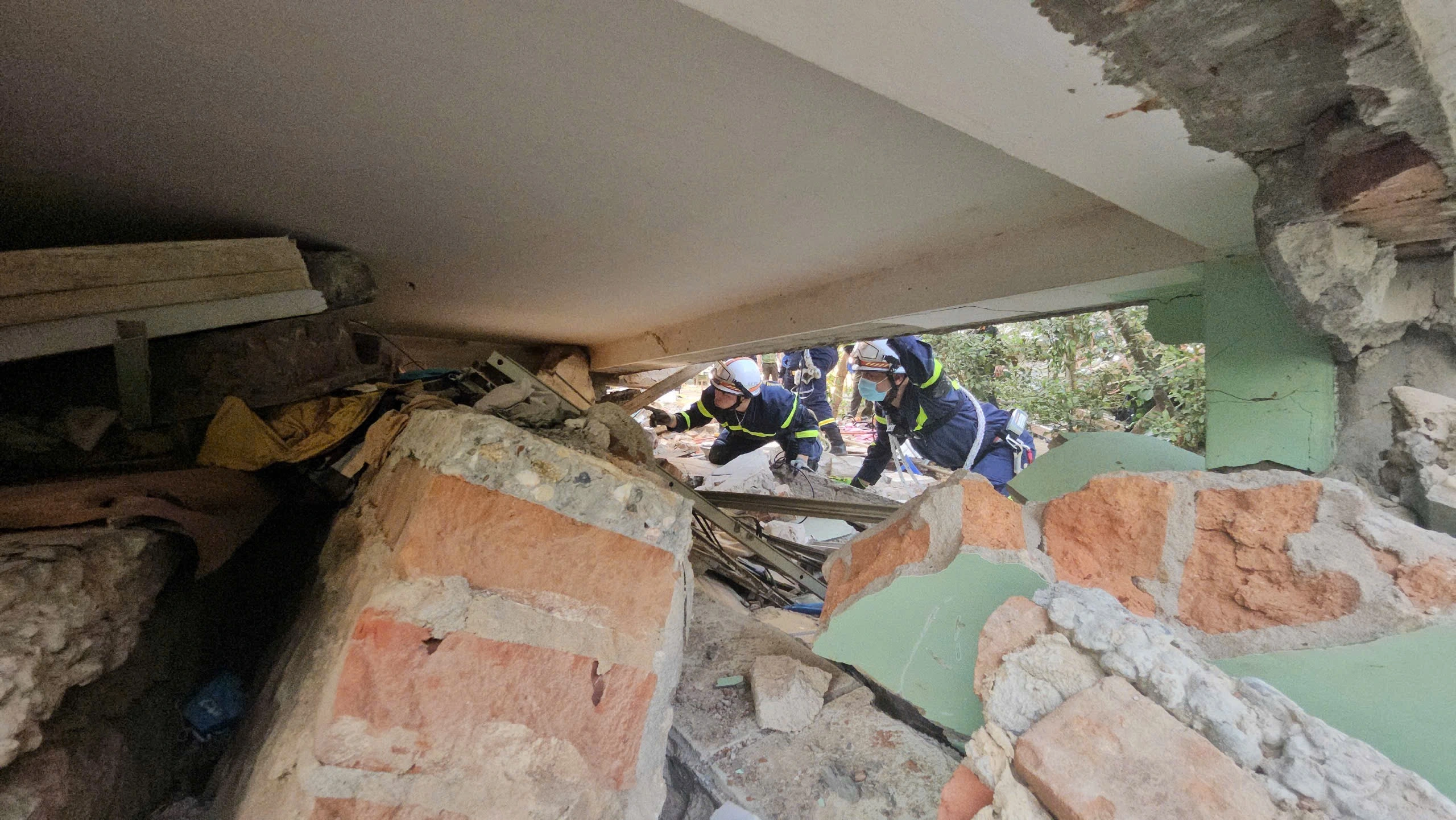


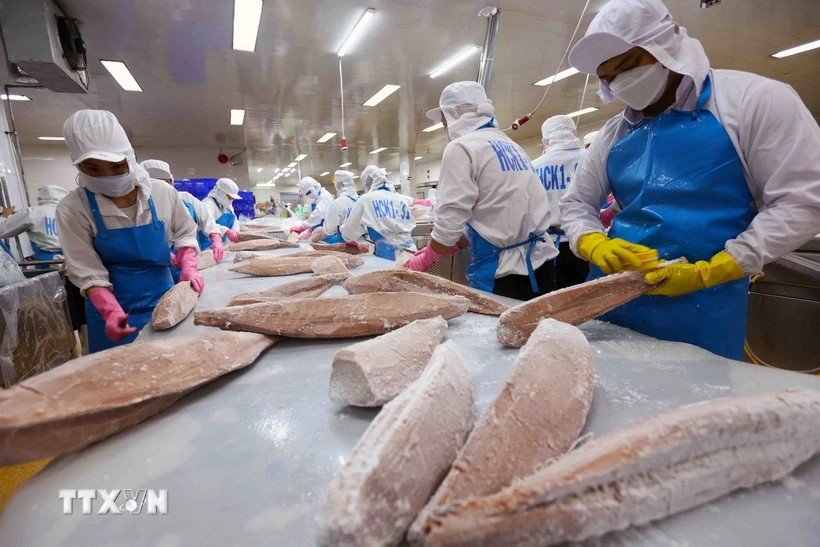
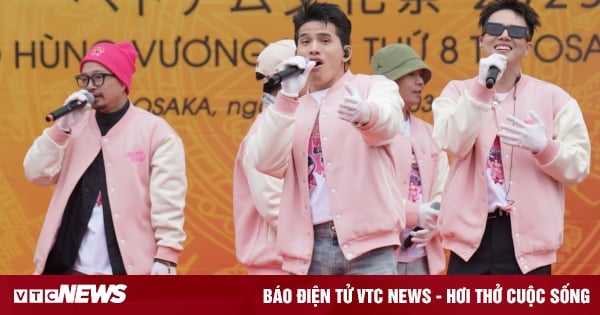

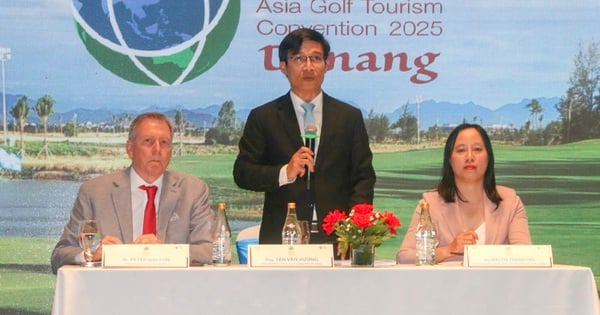

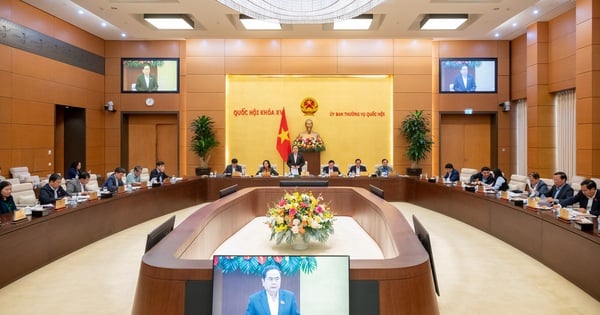
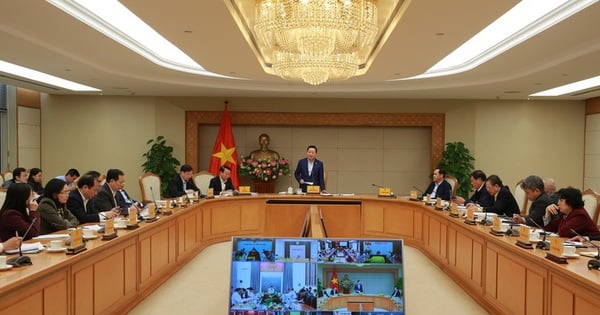
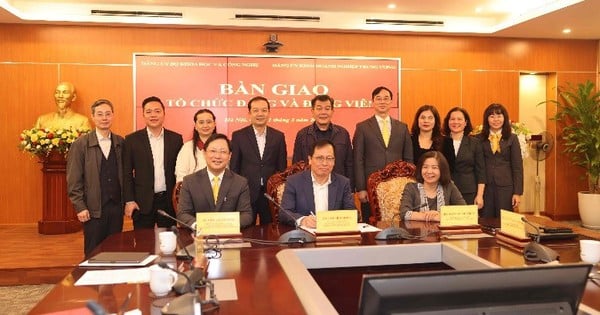

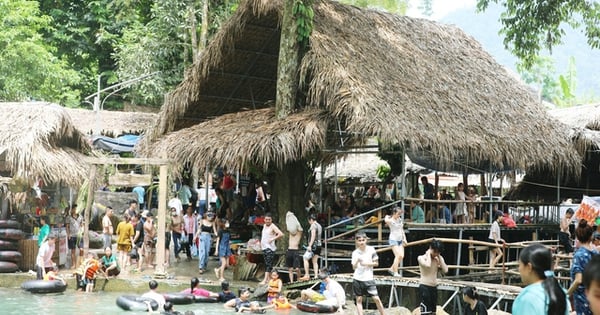
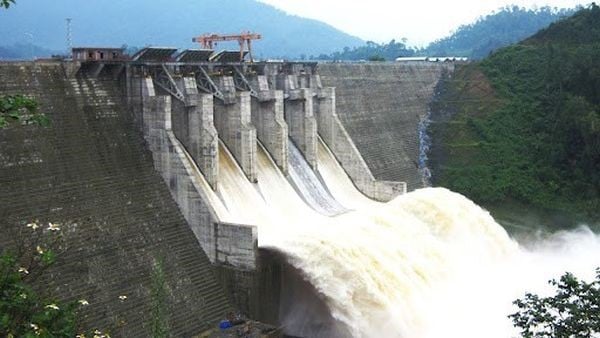

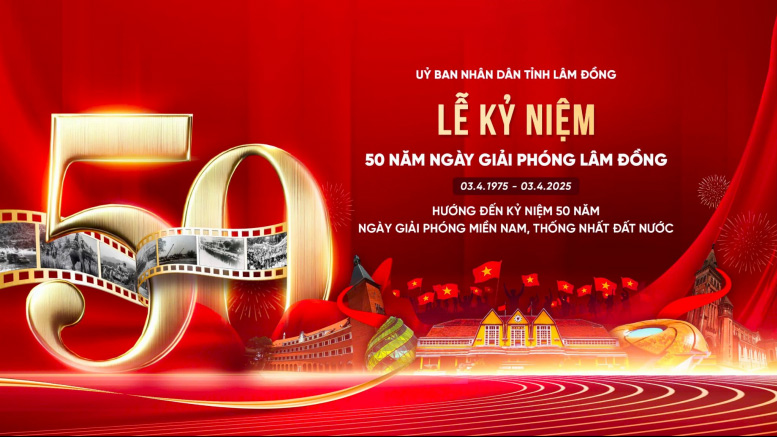



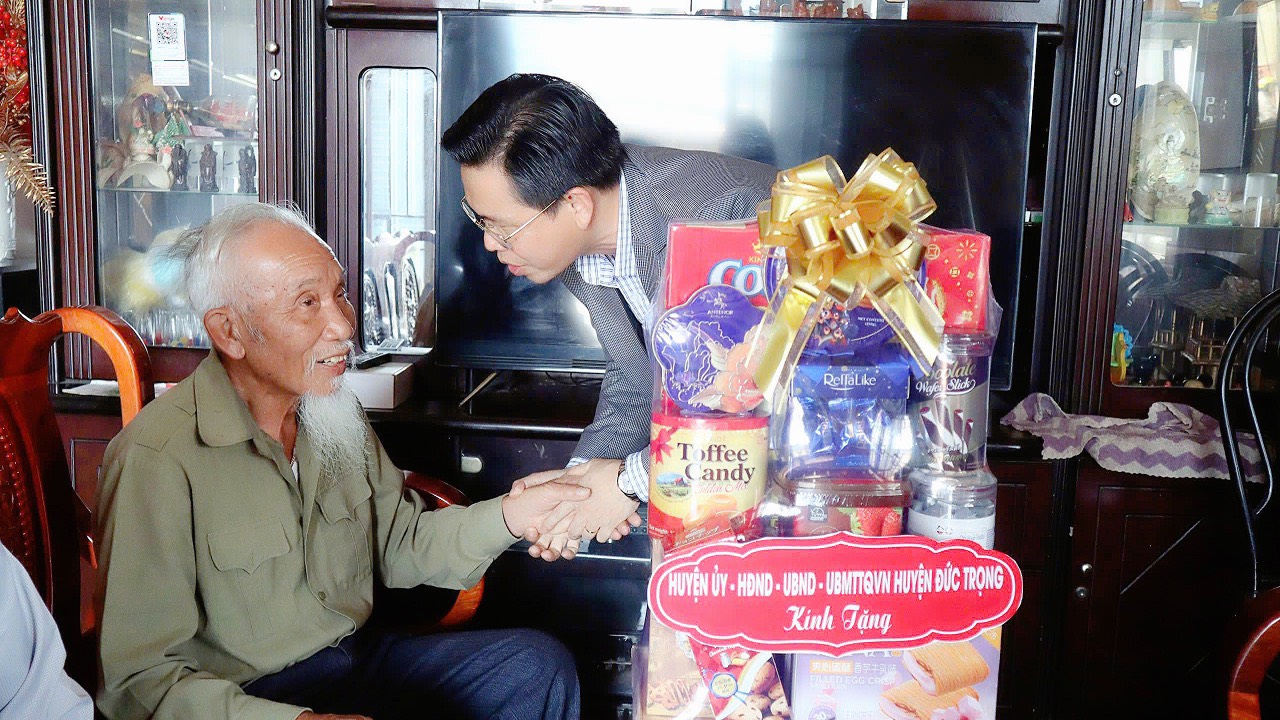
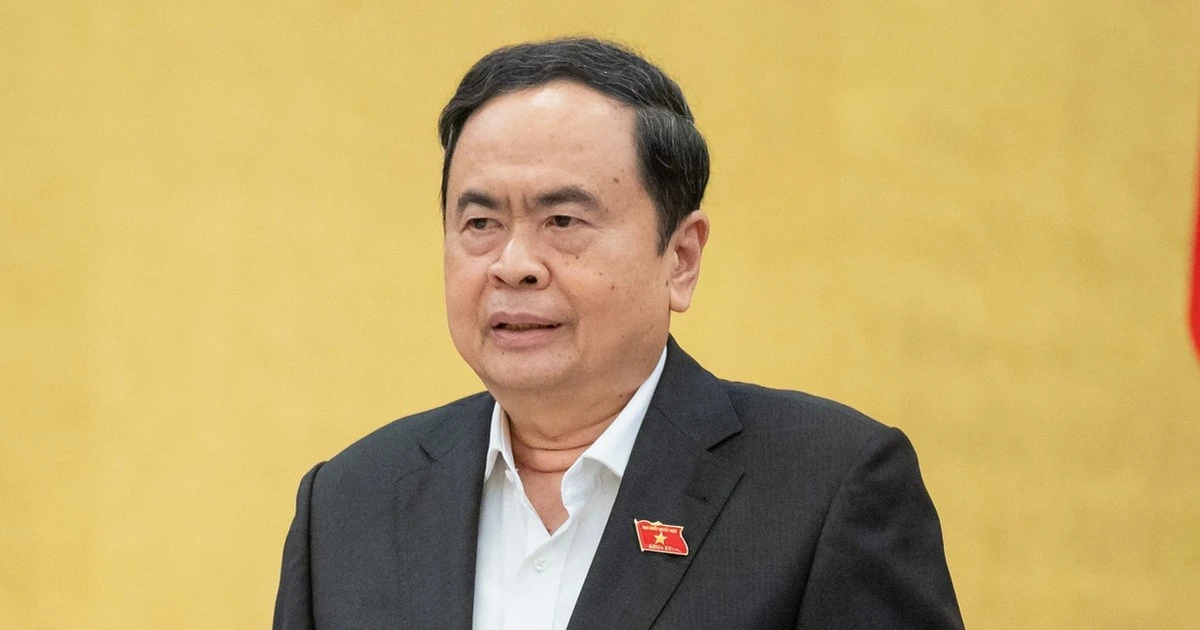















Comment (0)